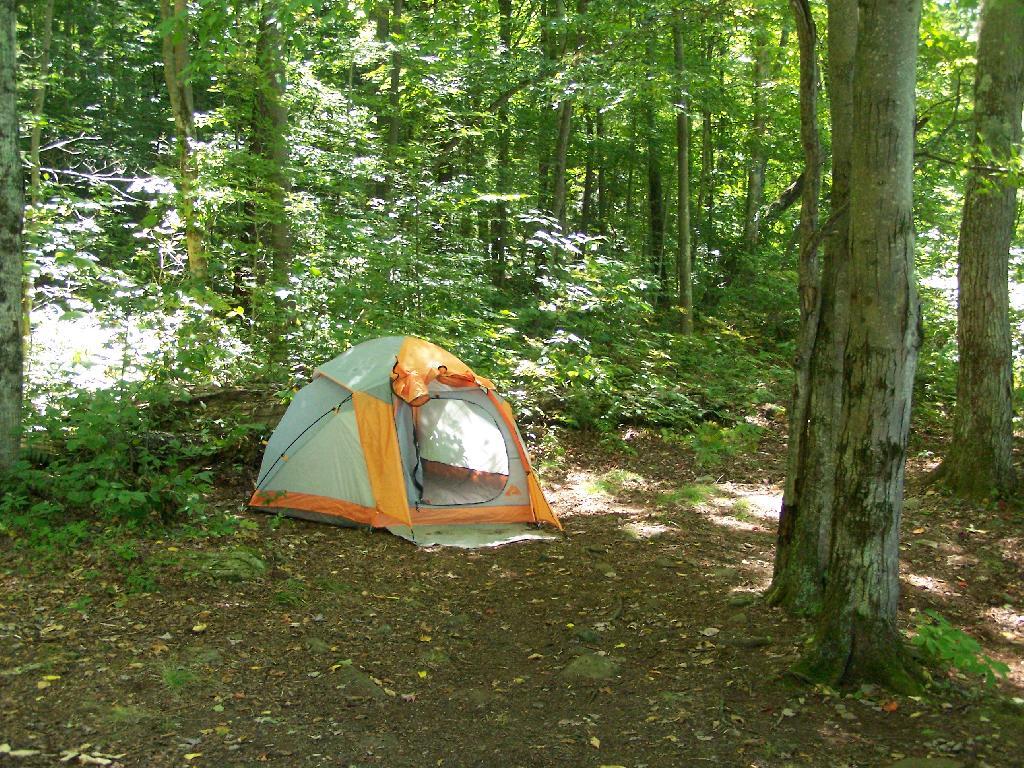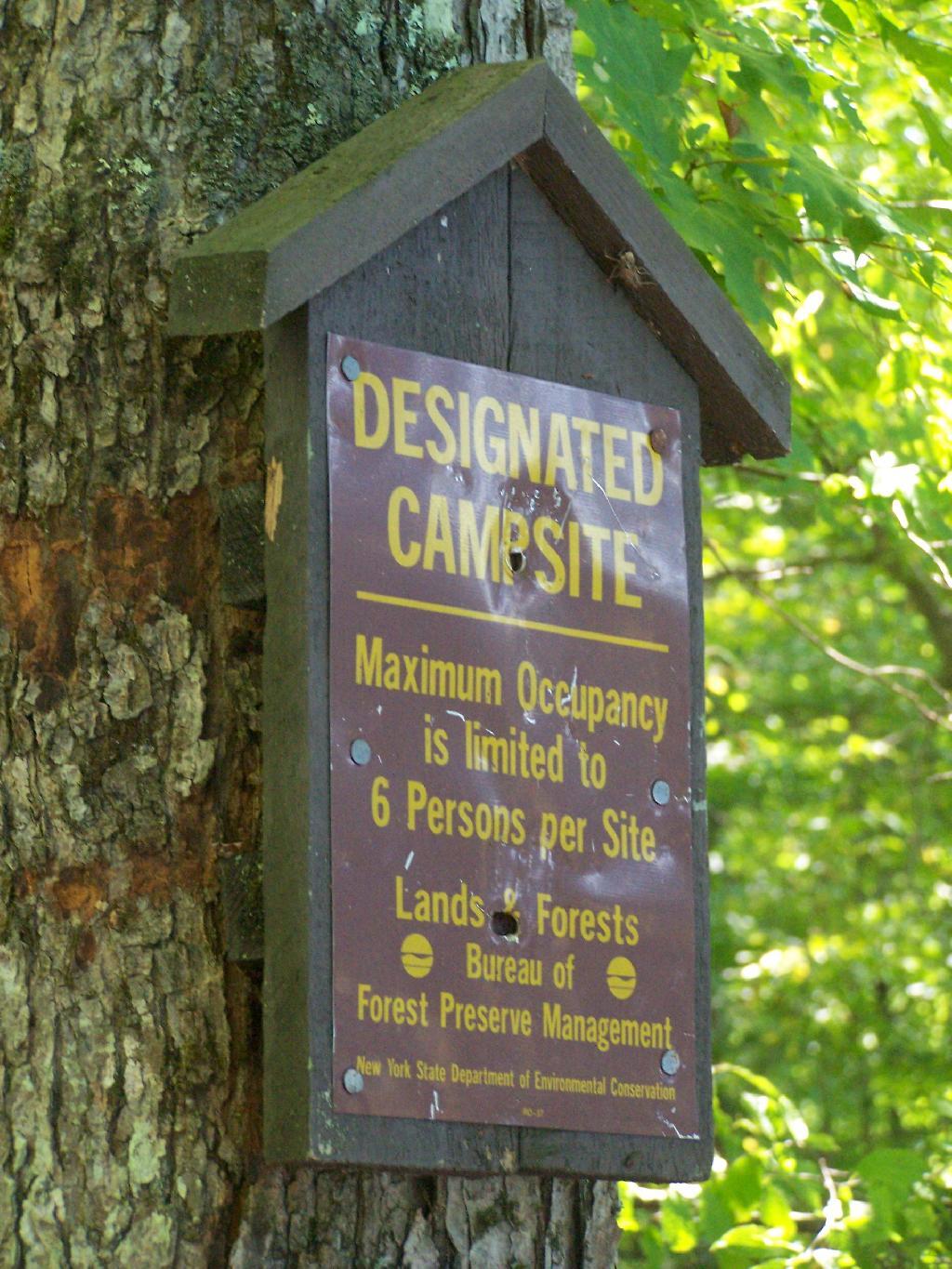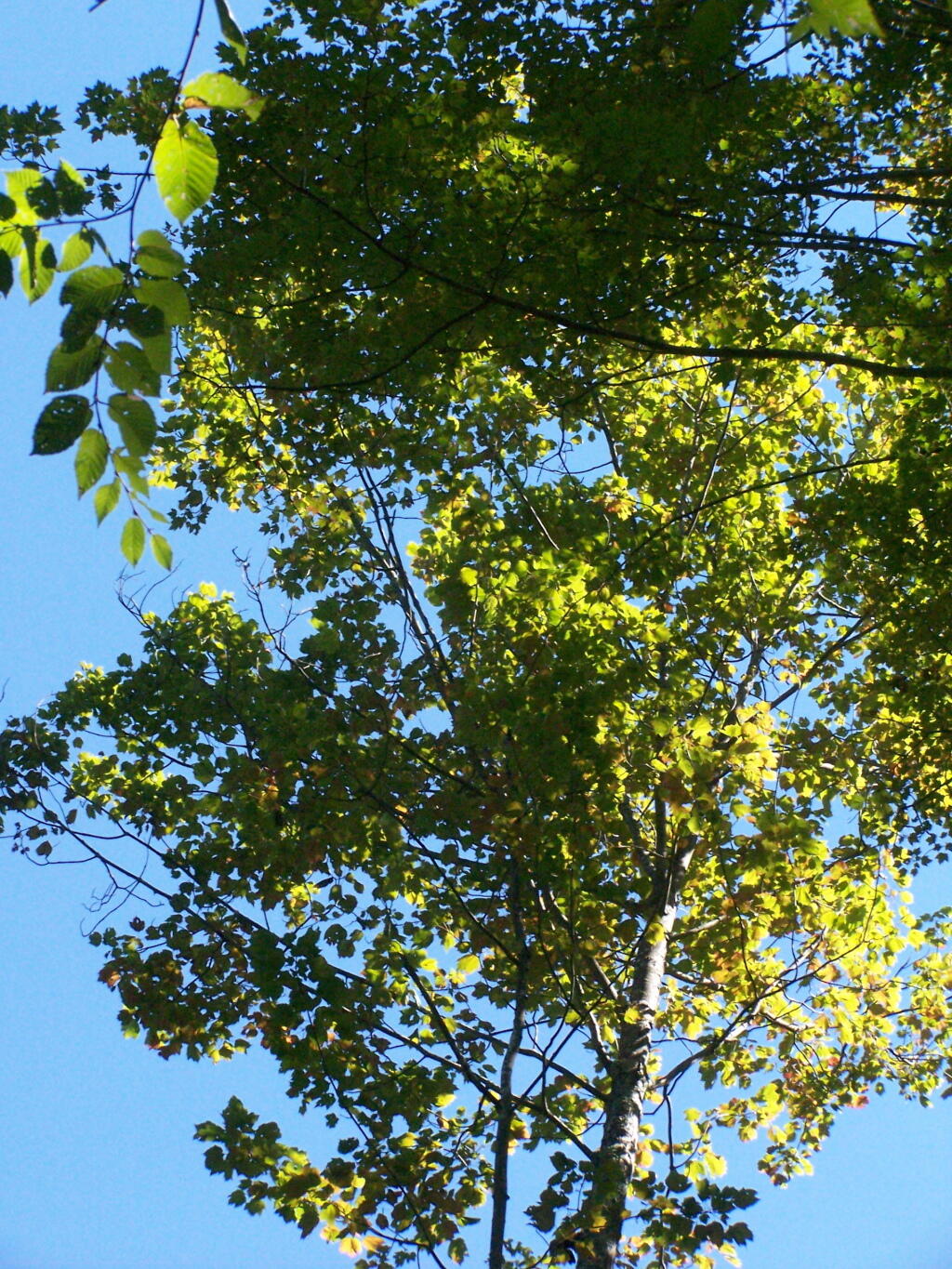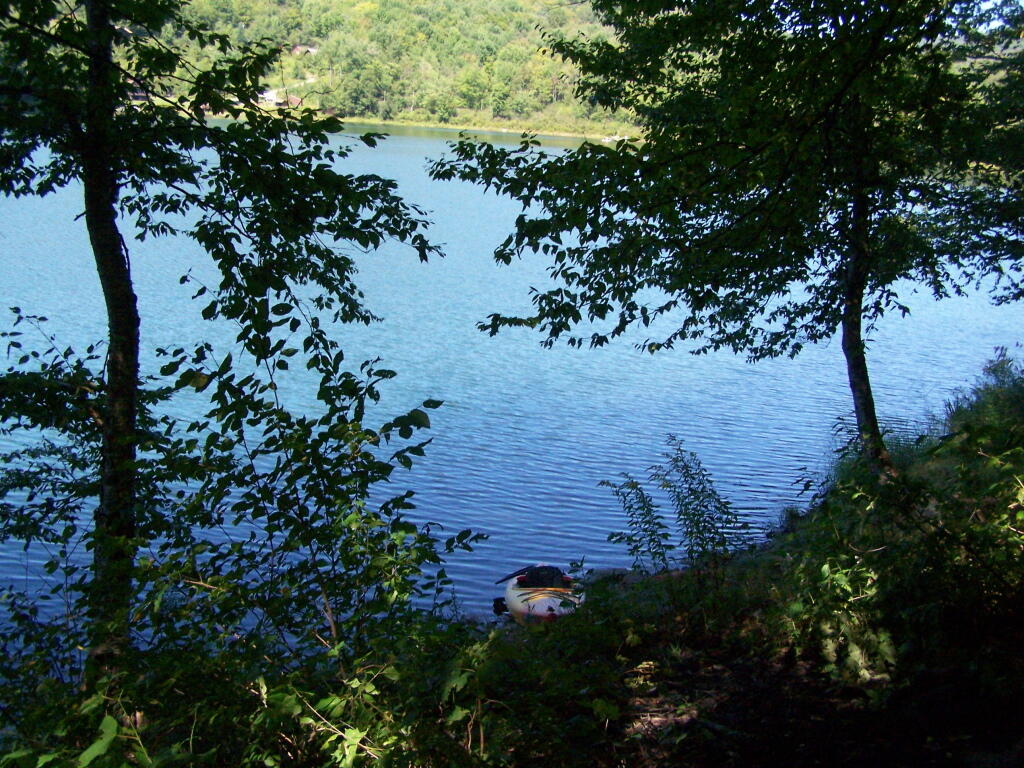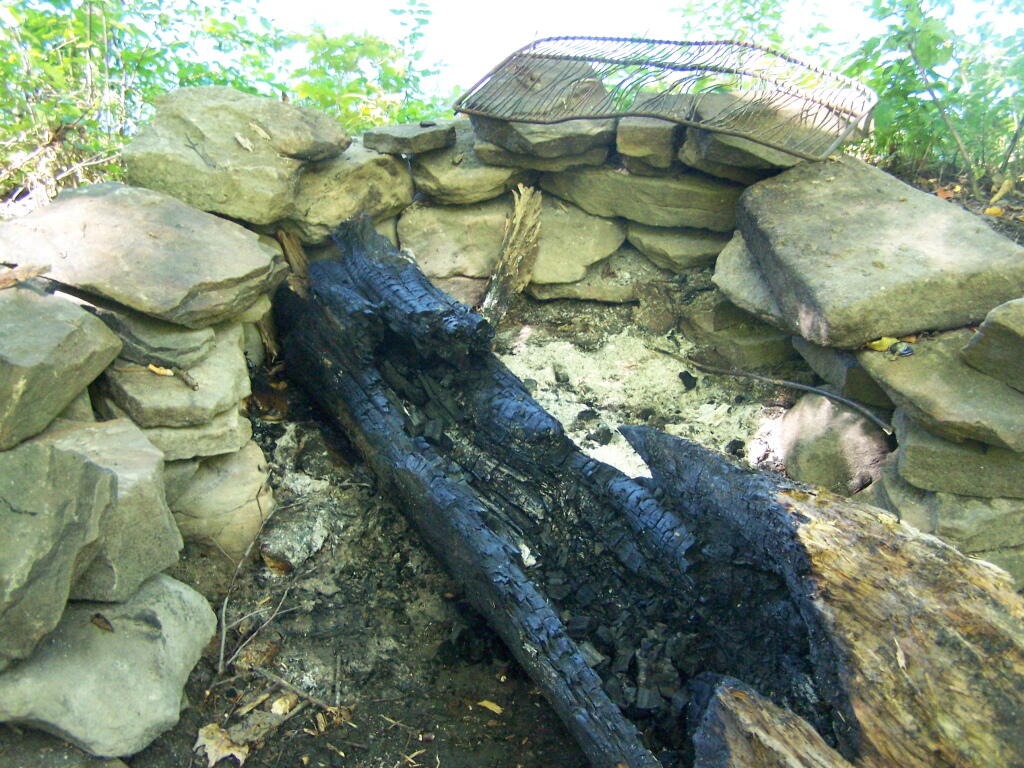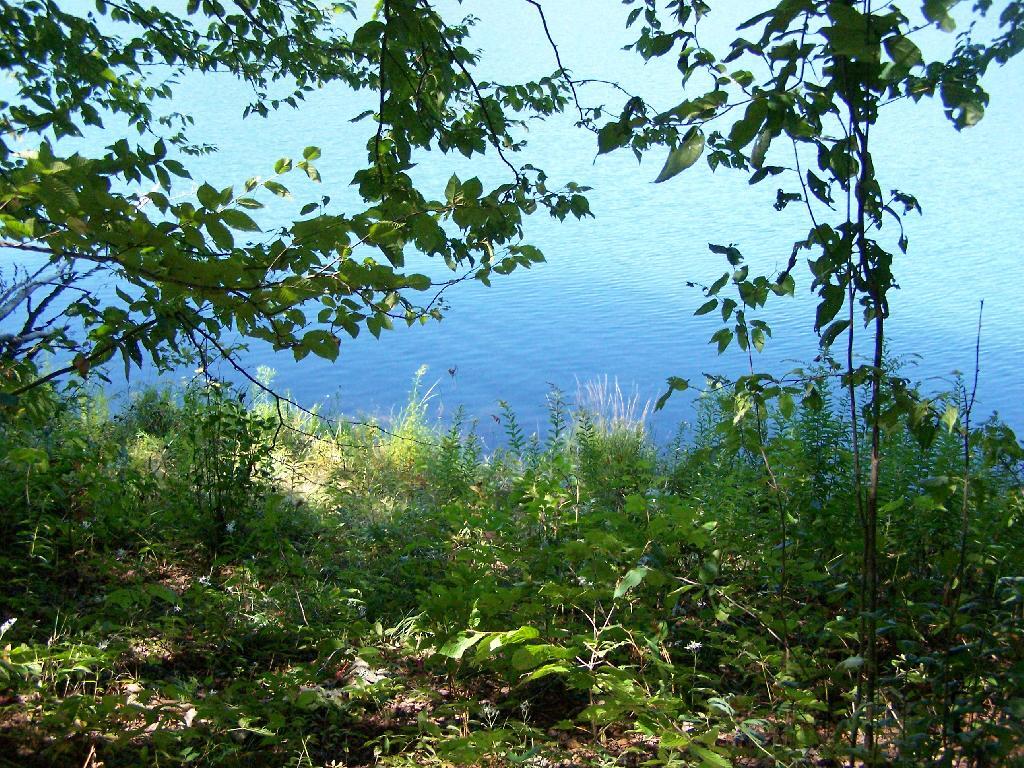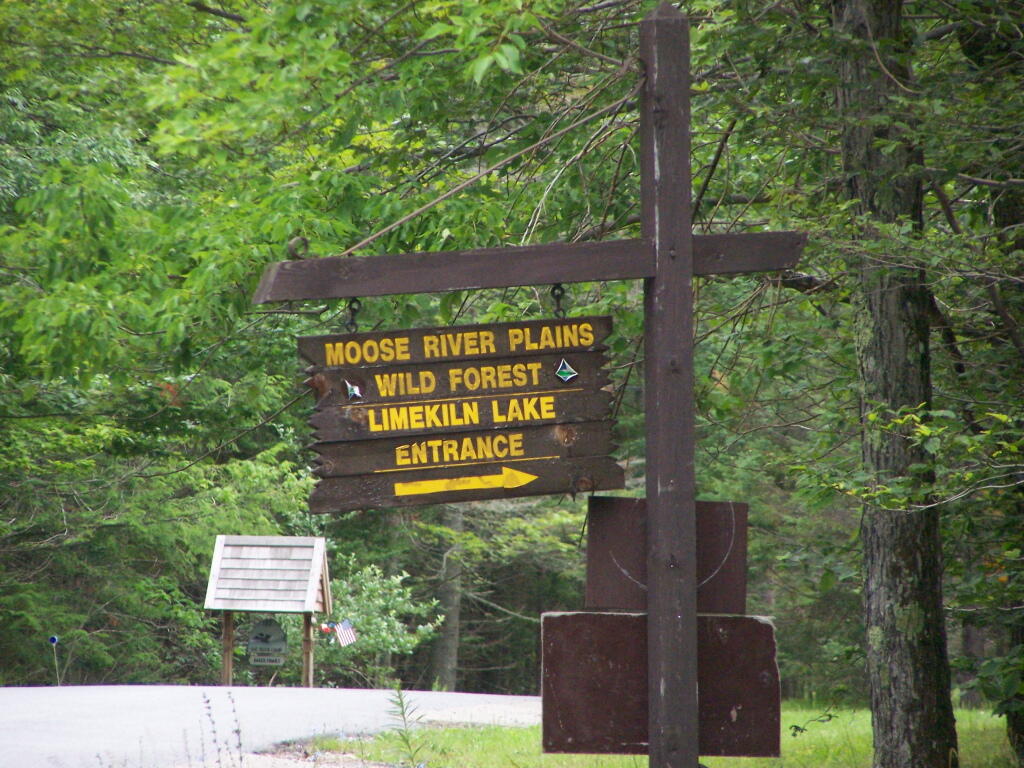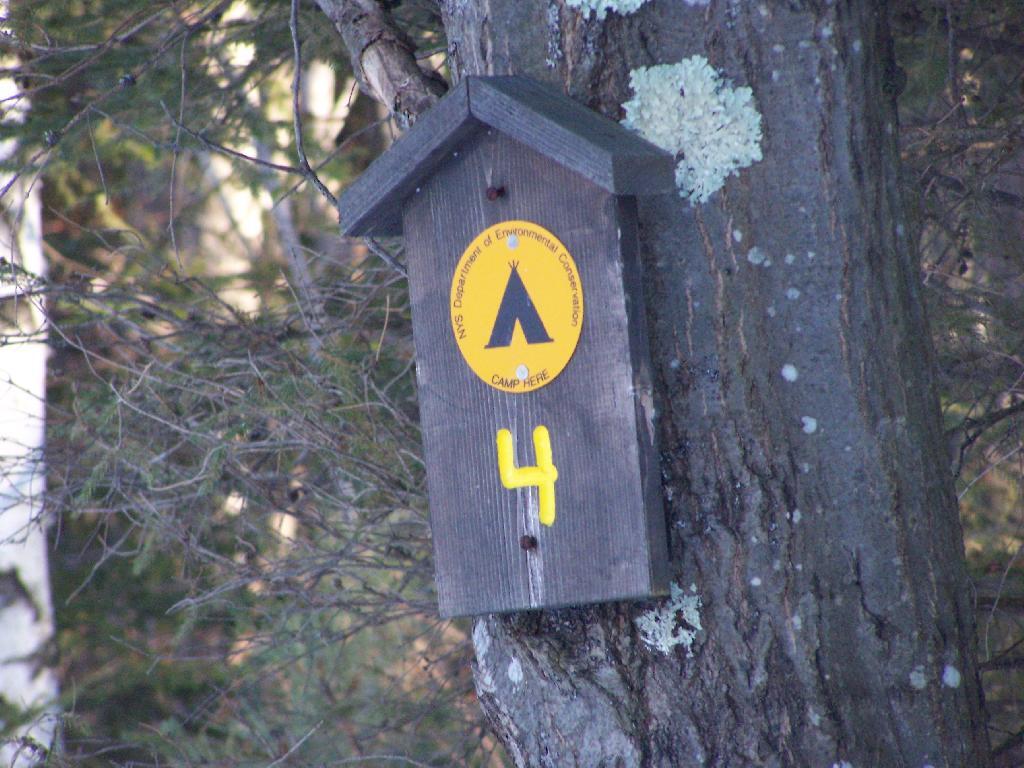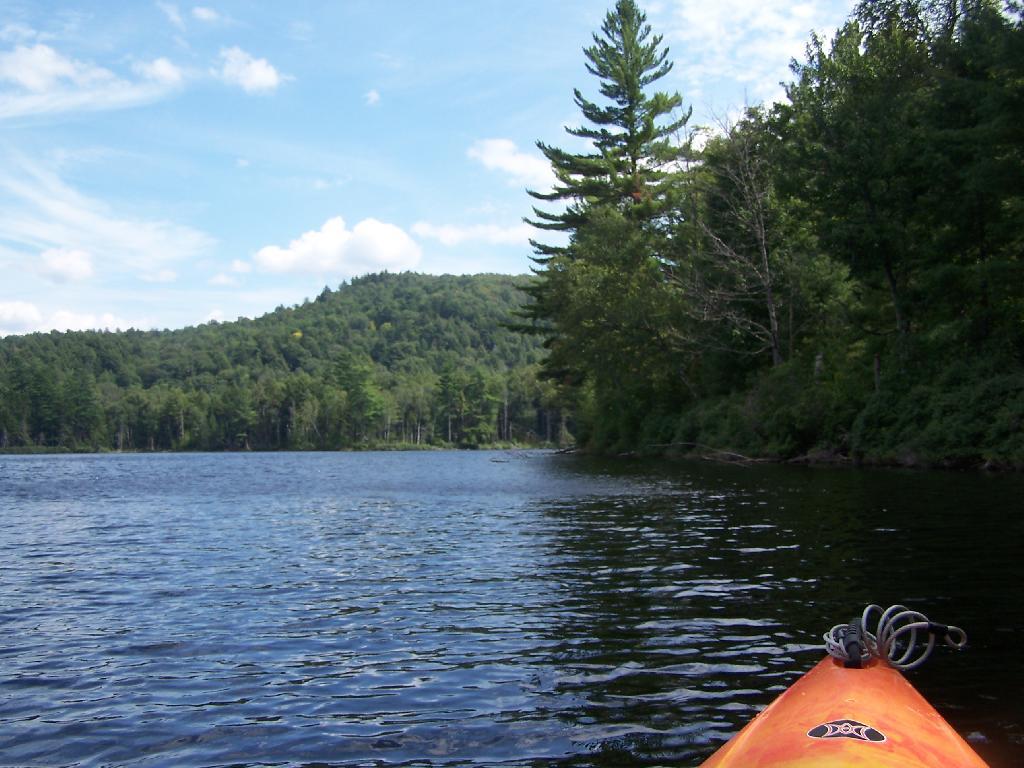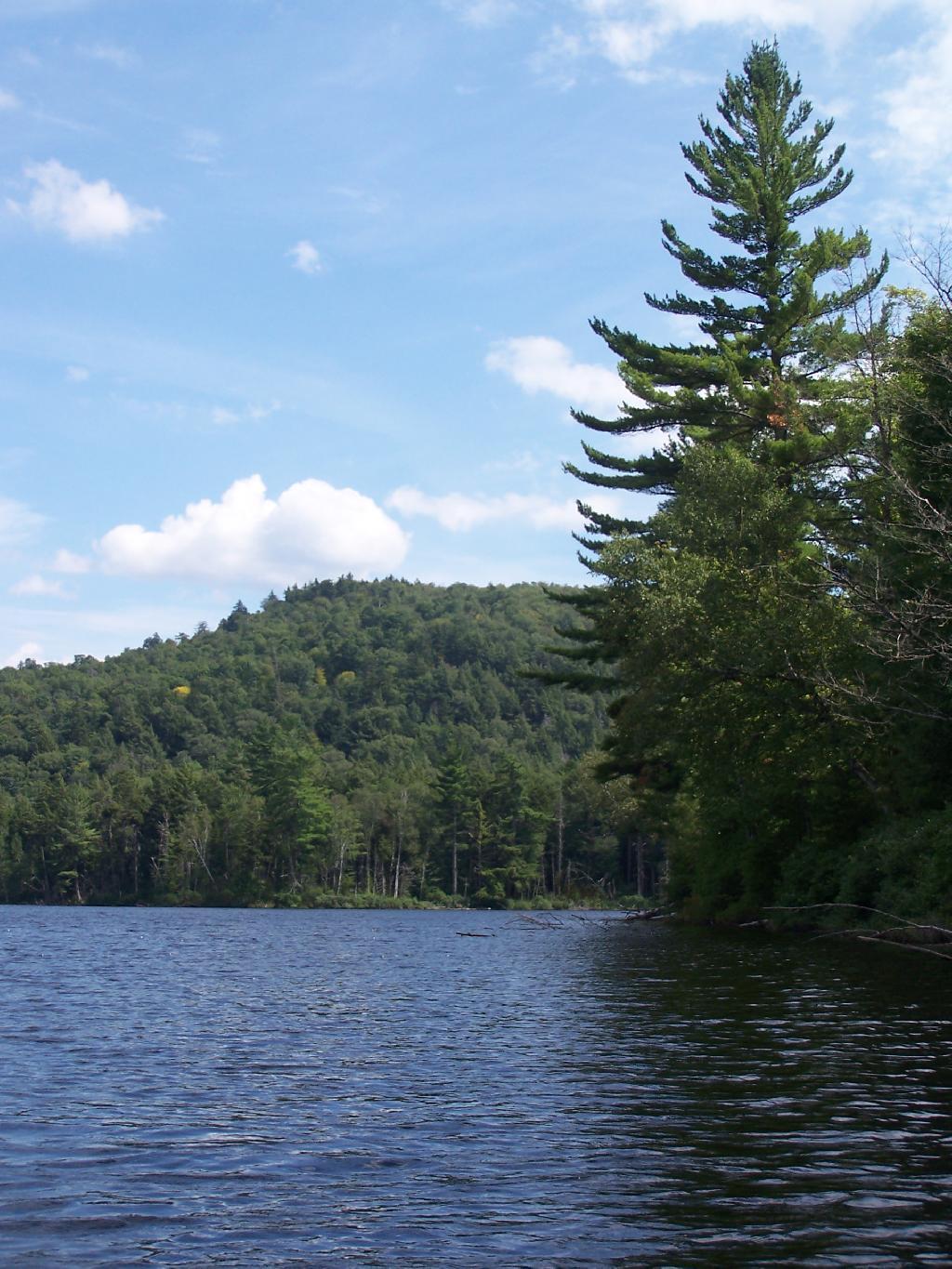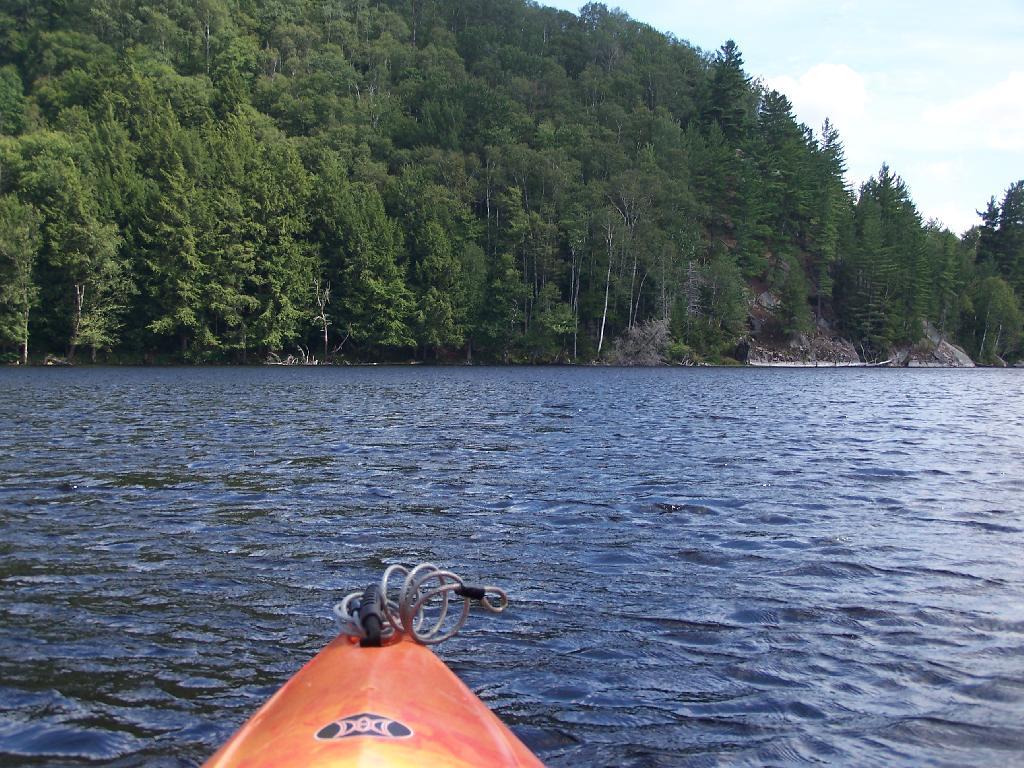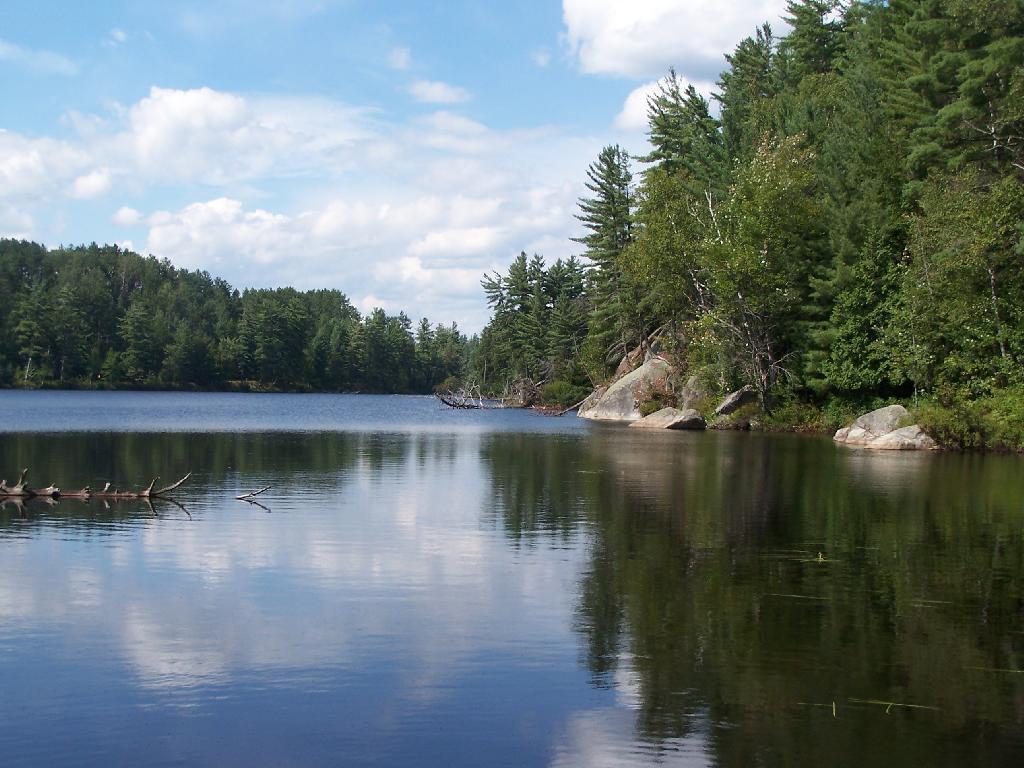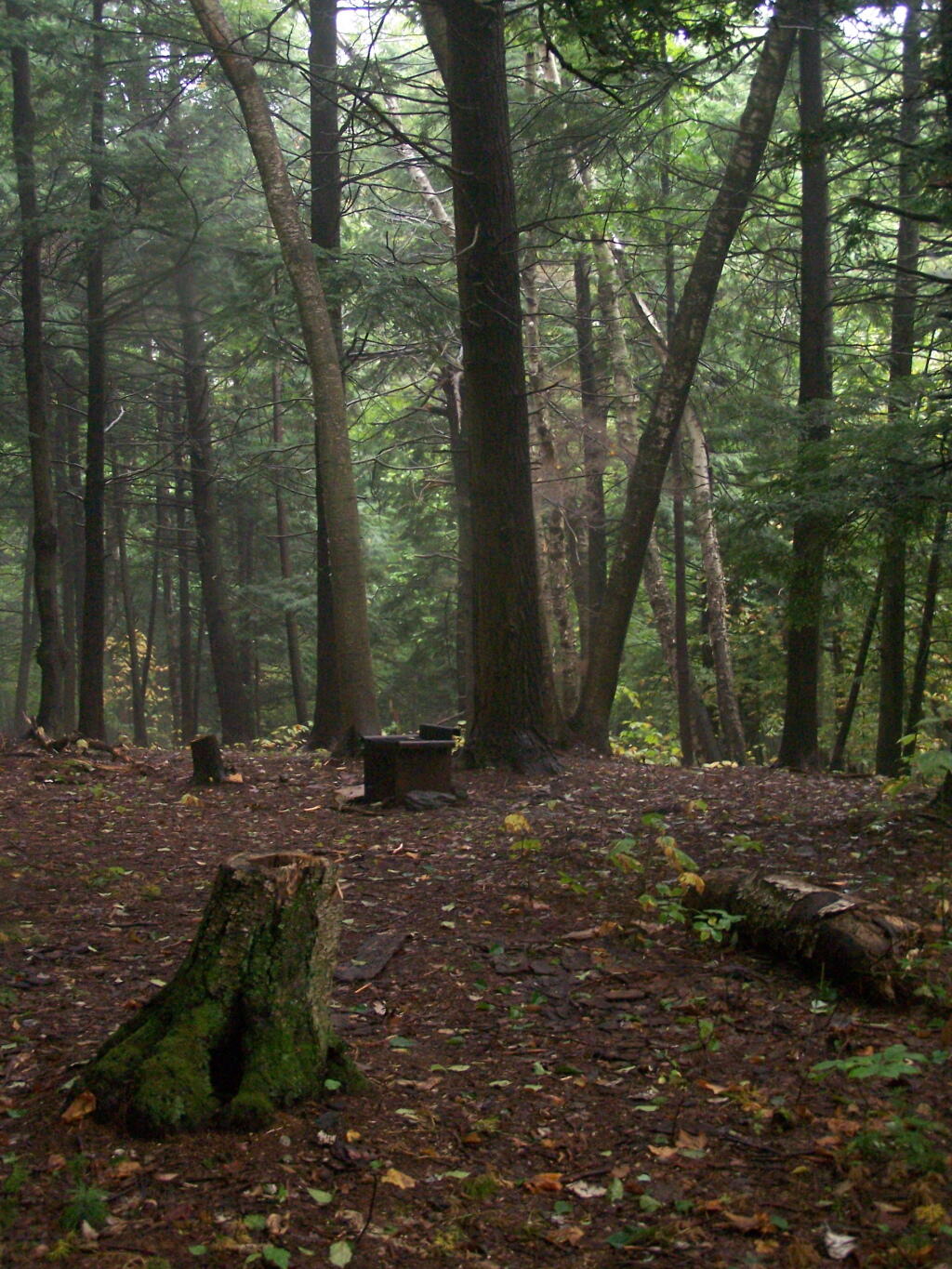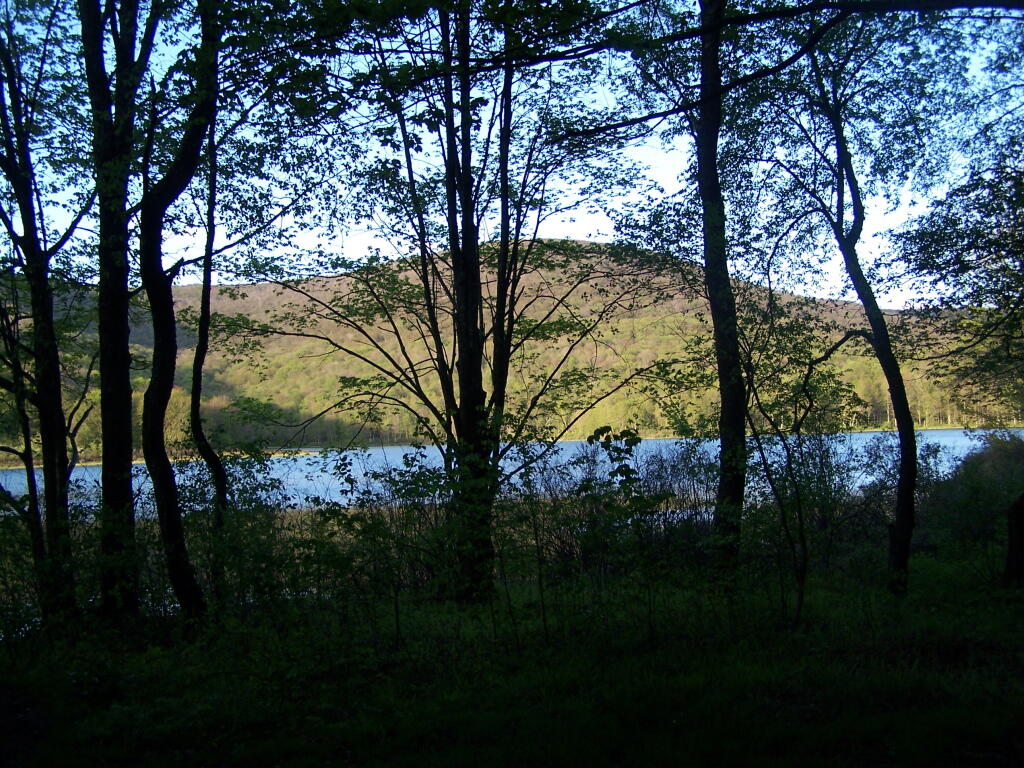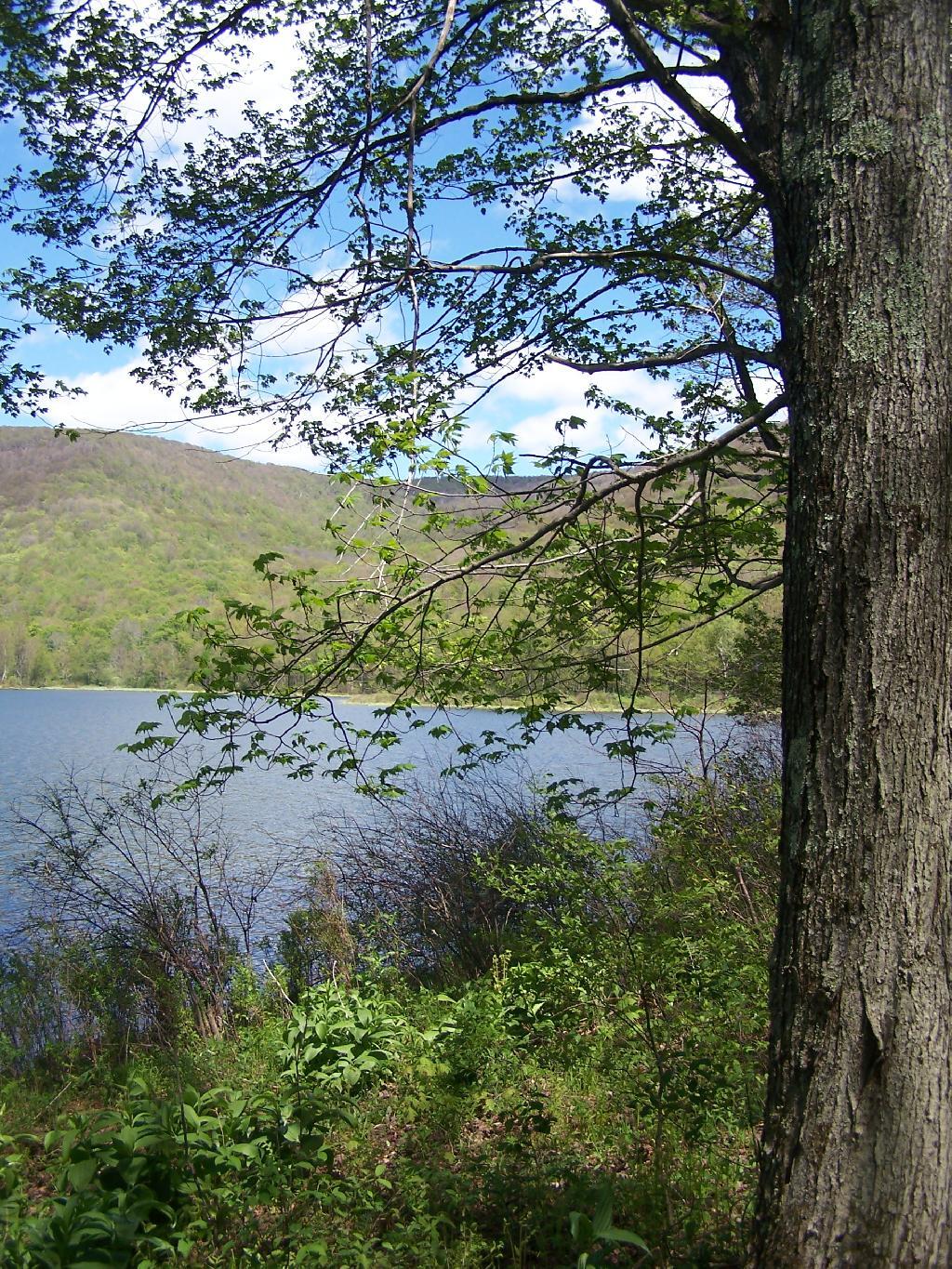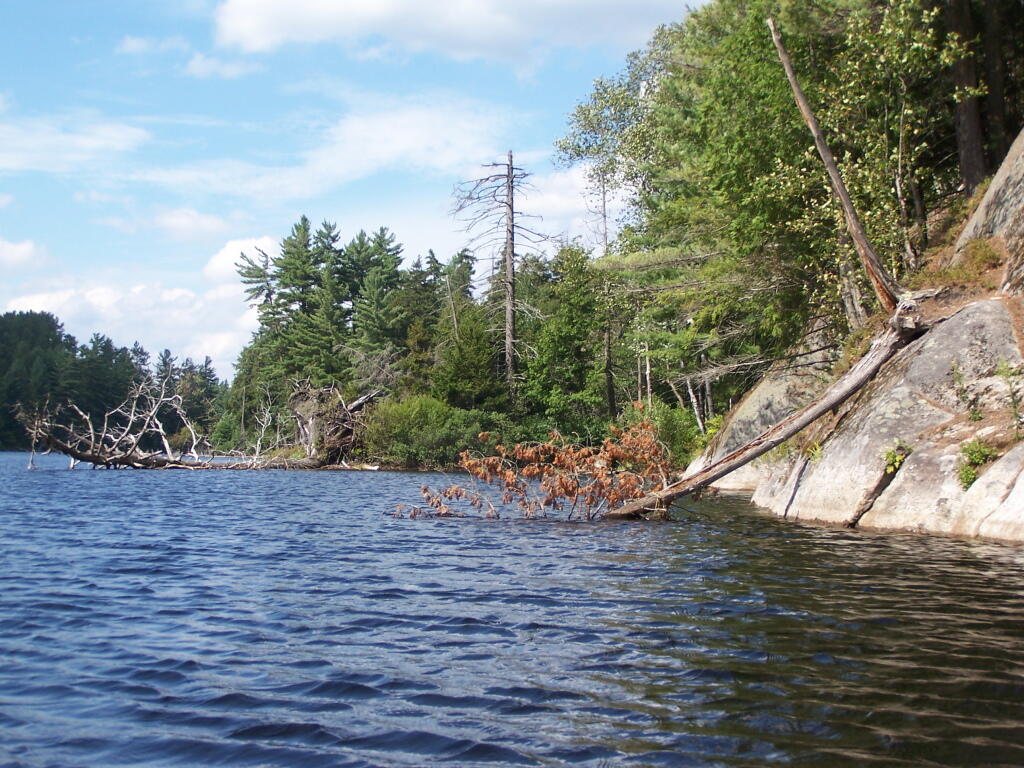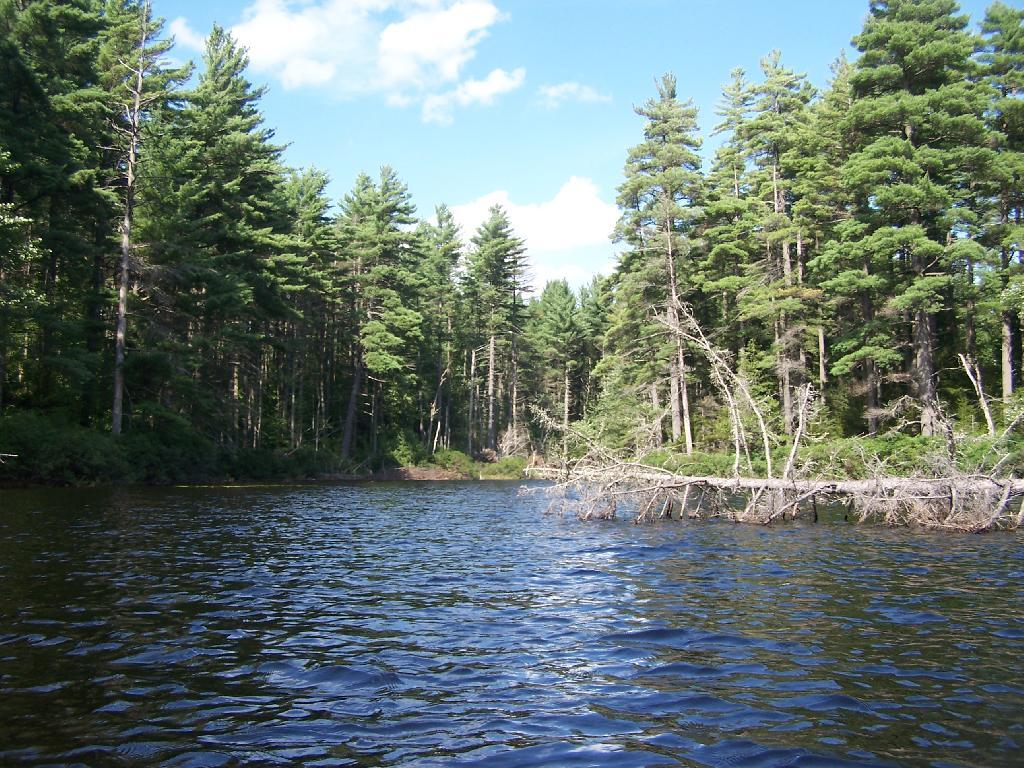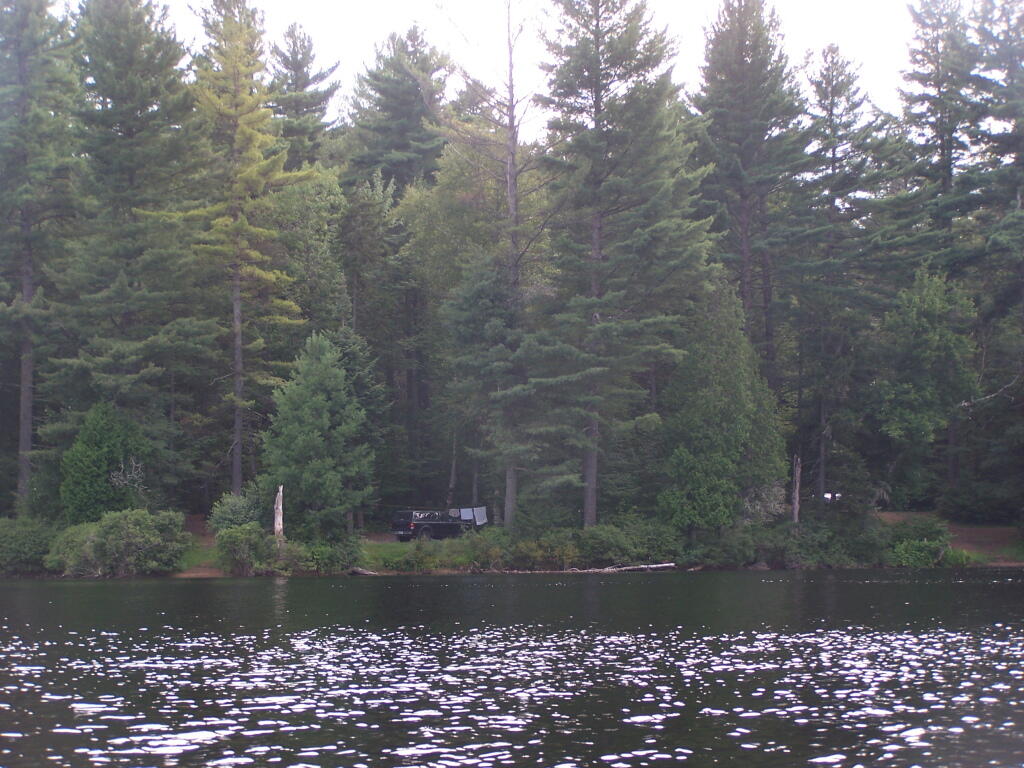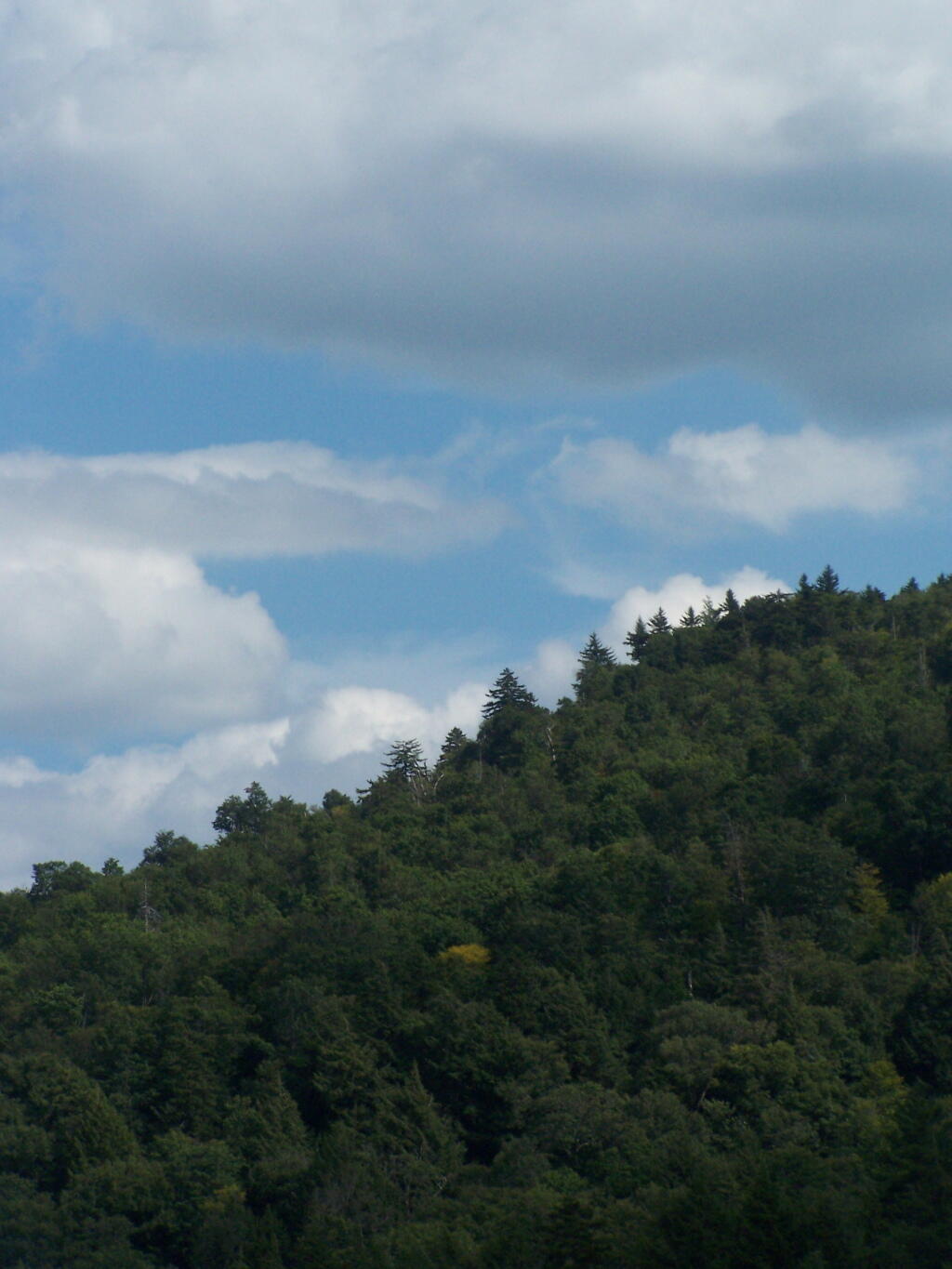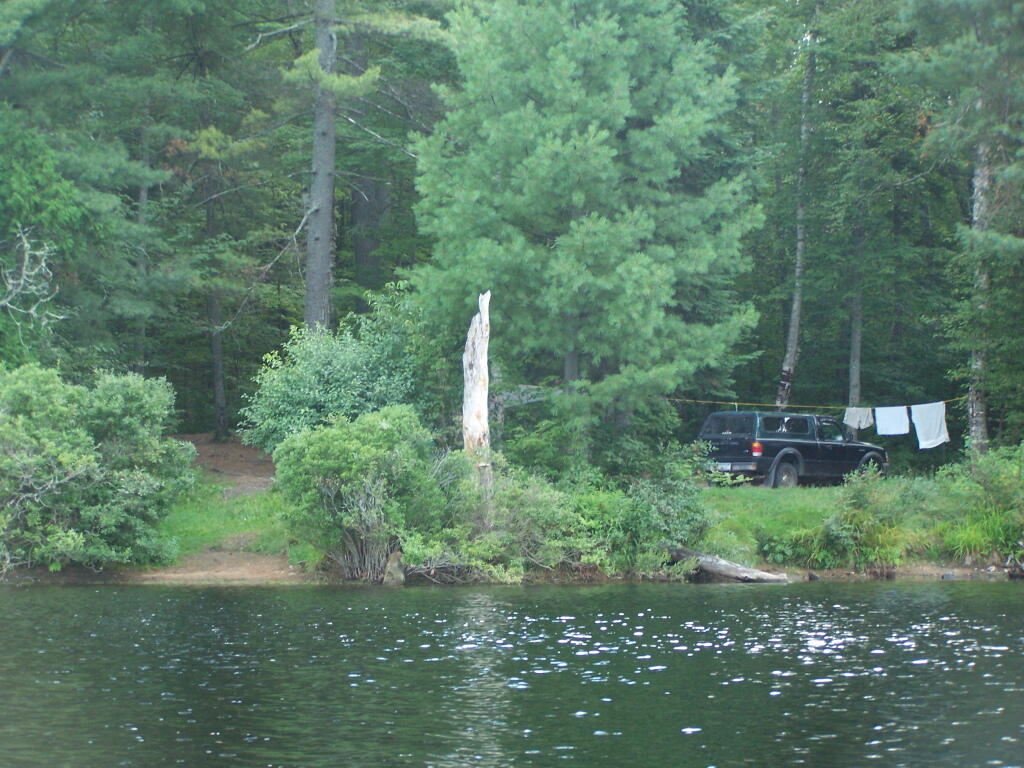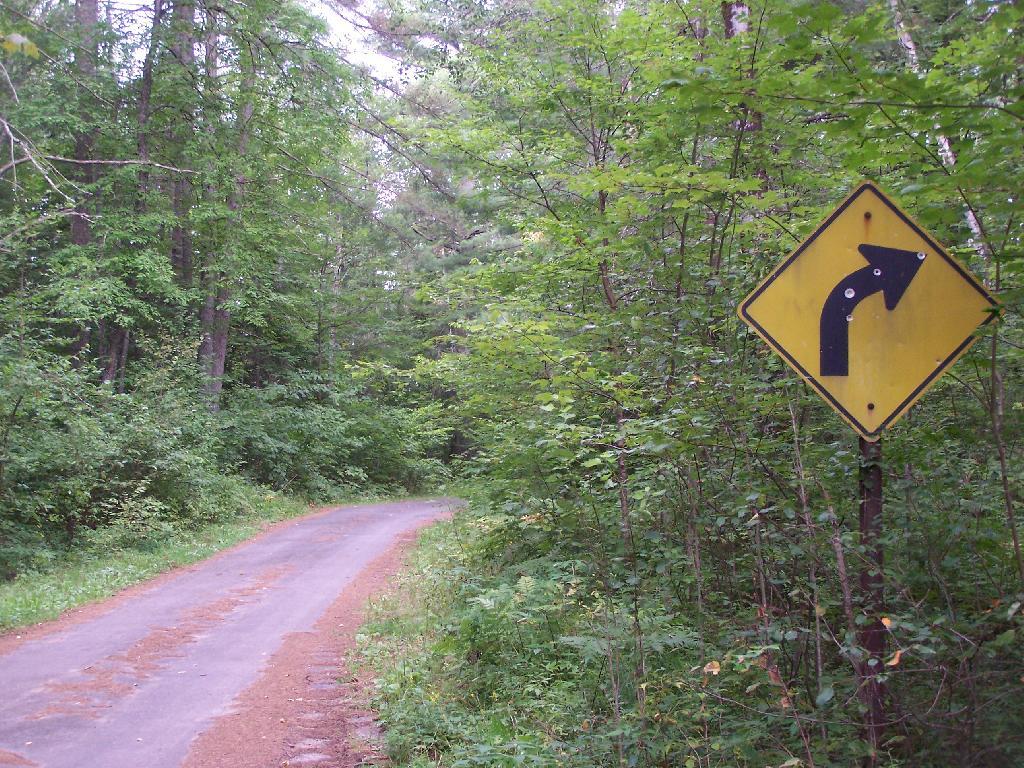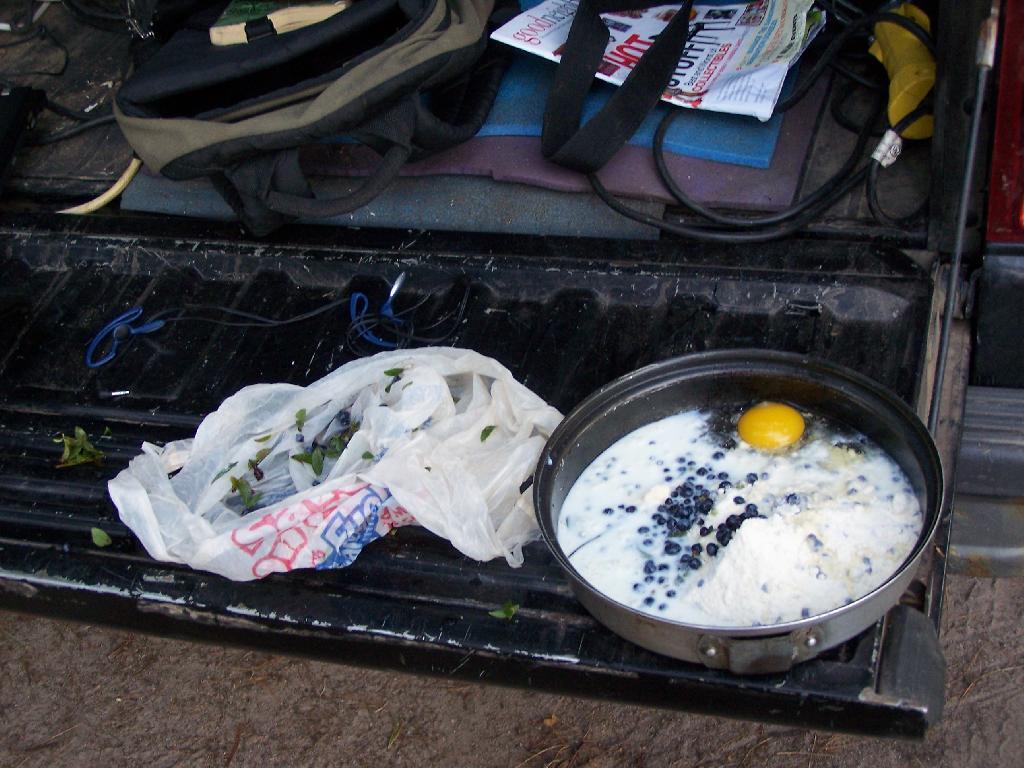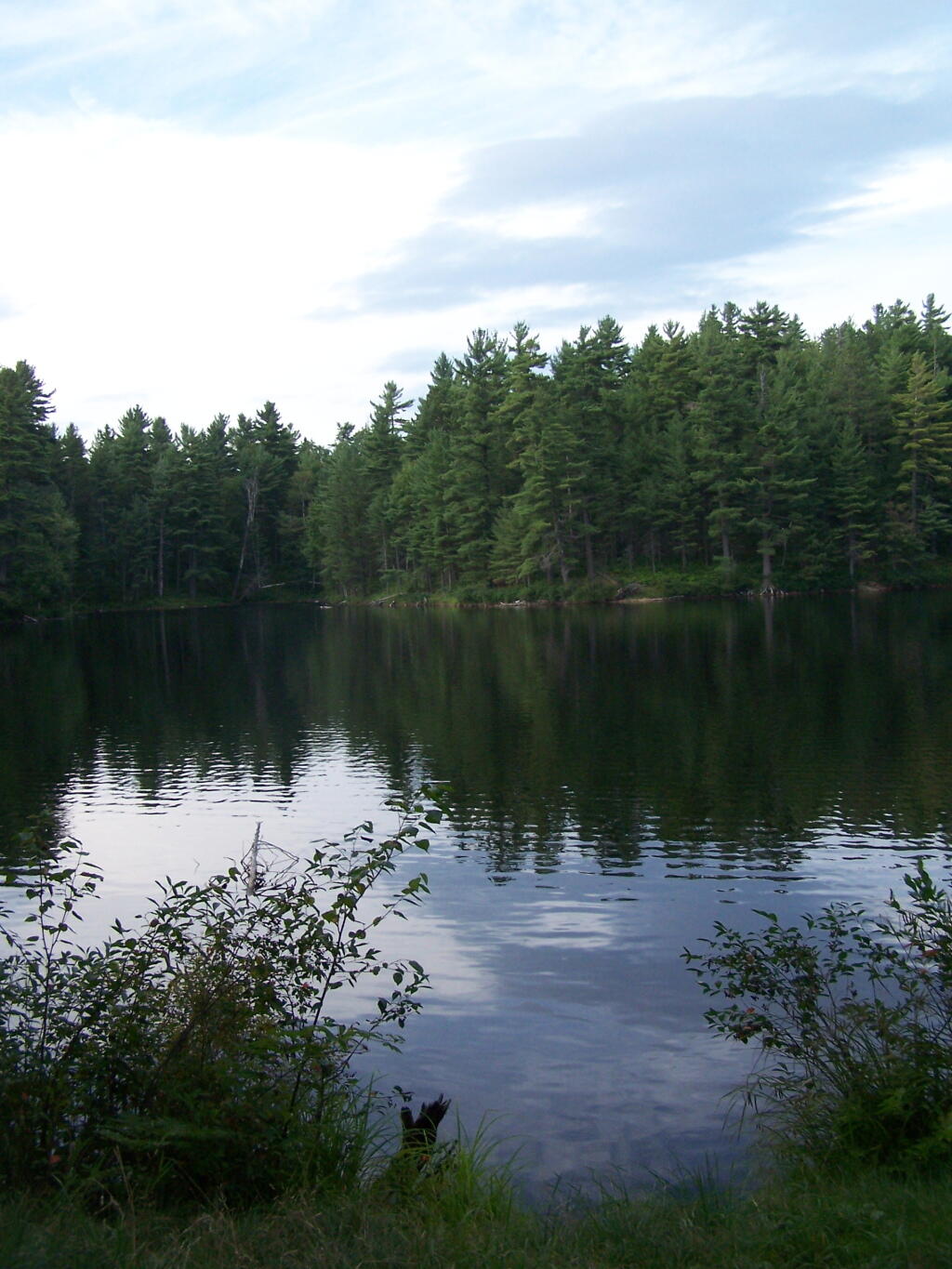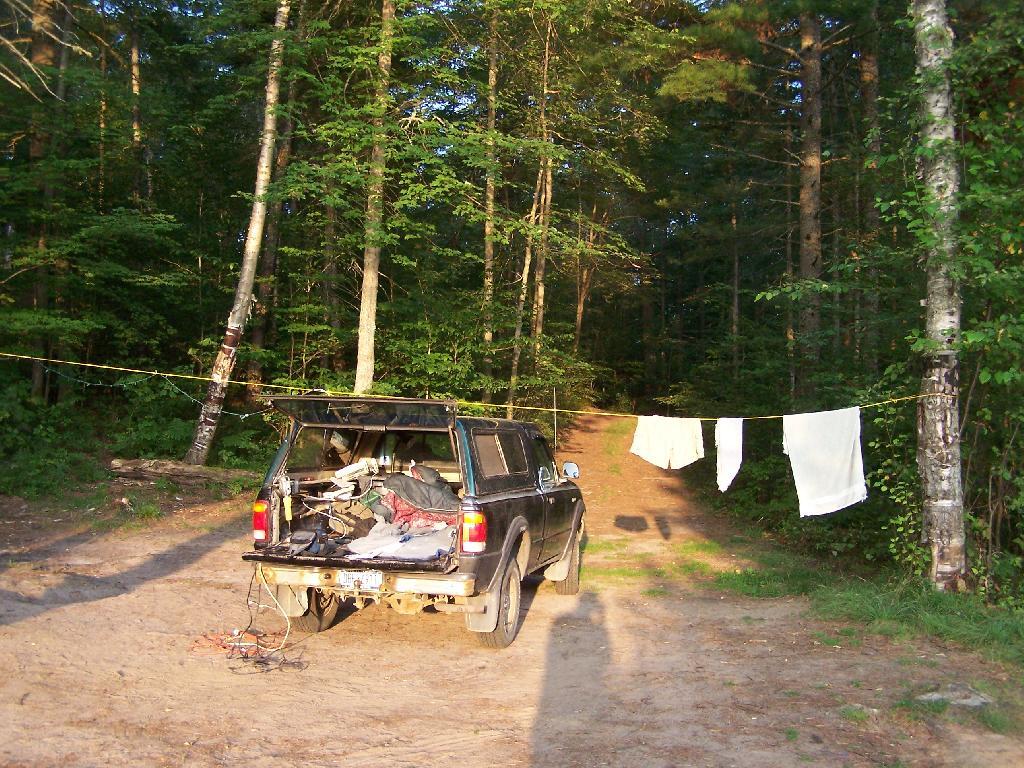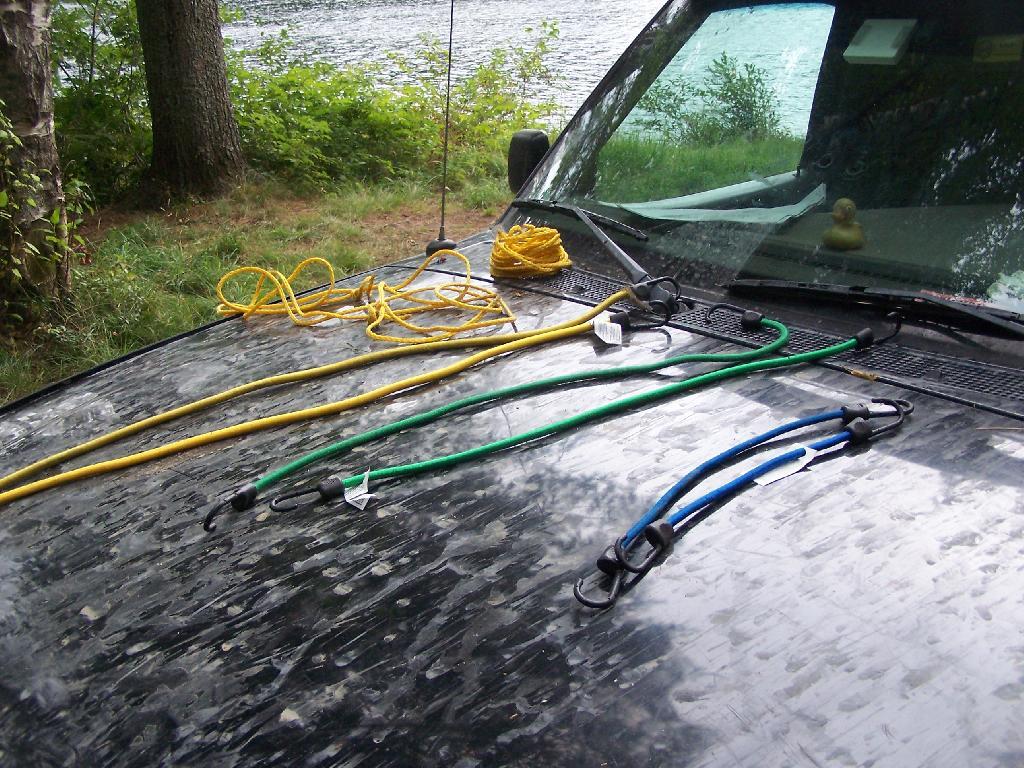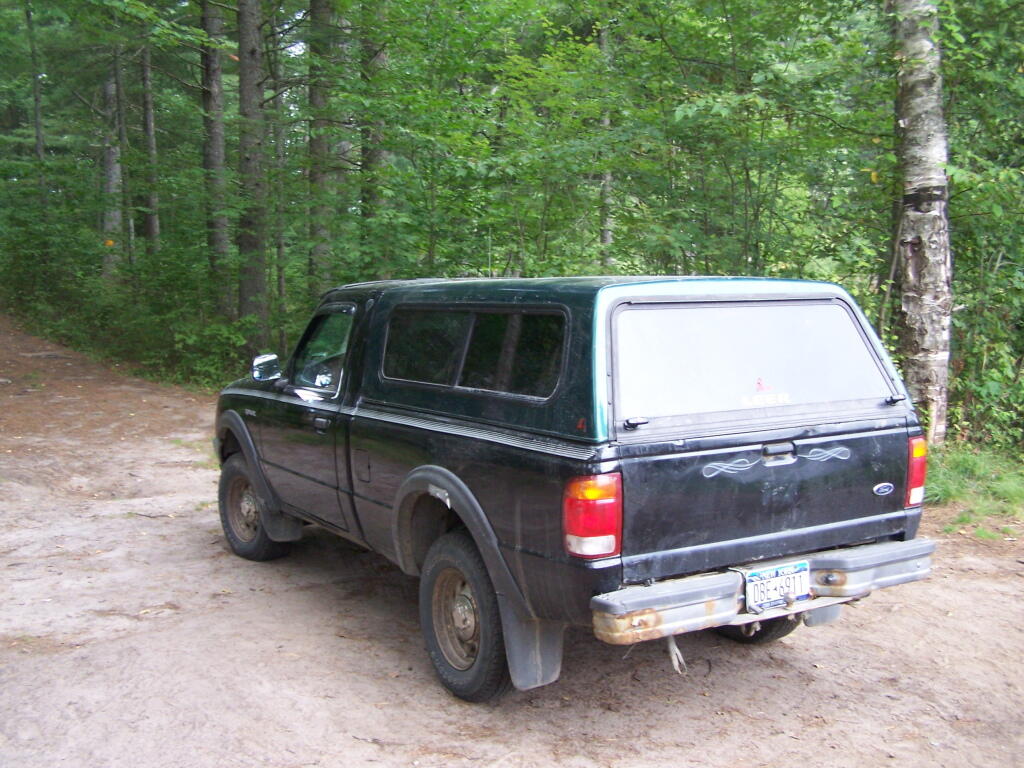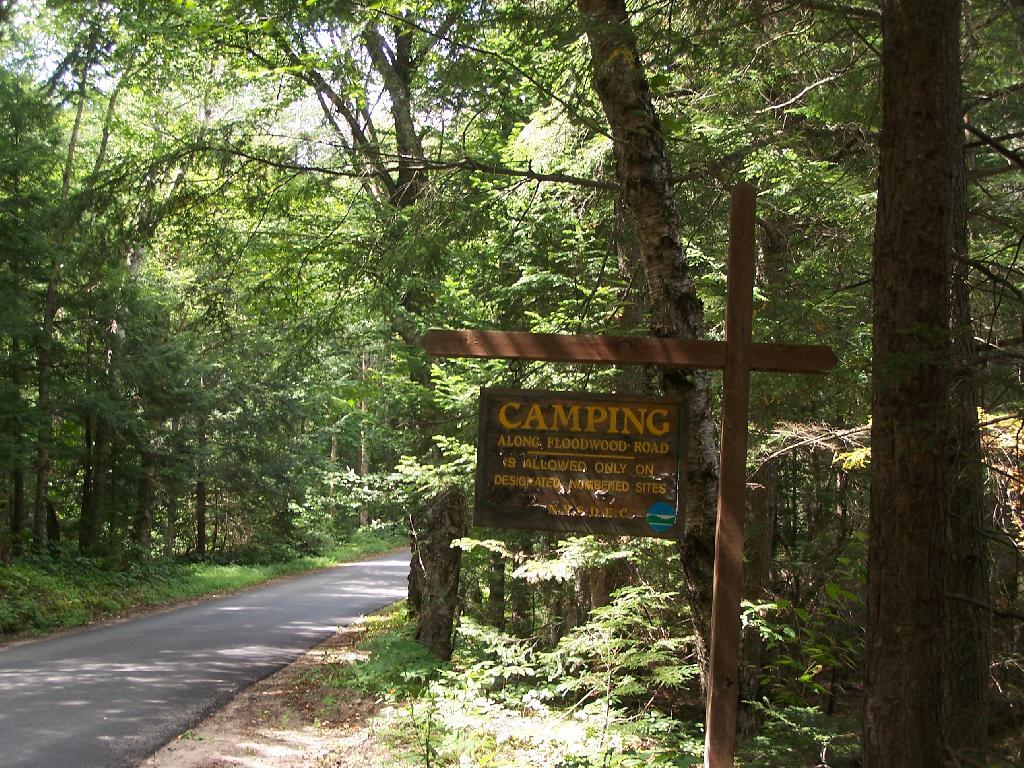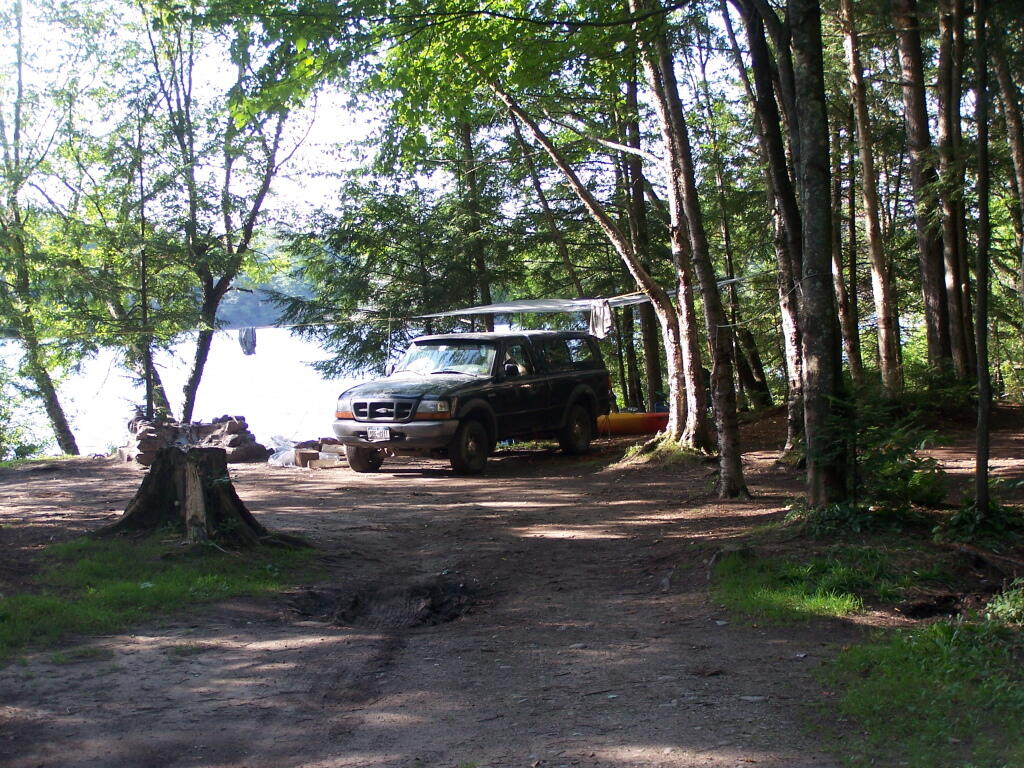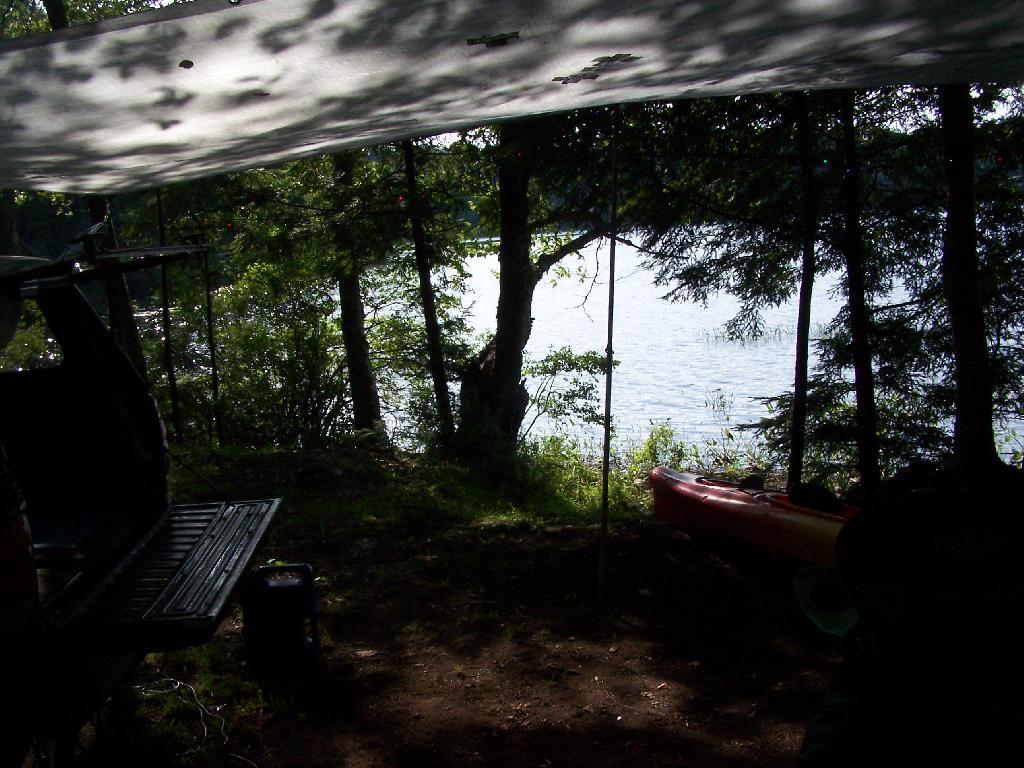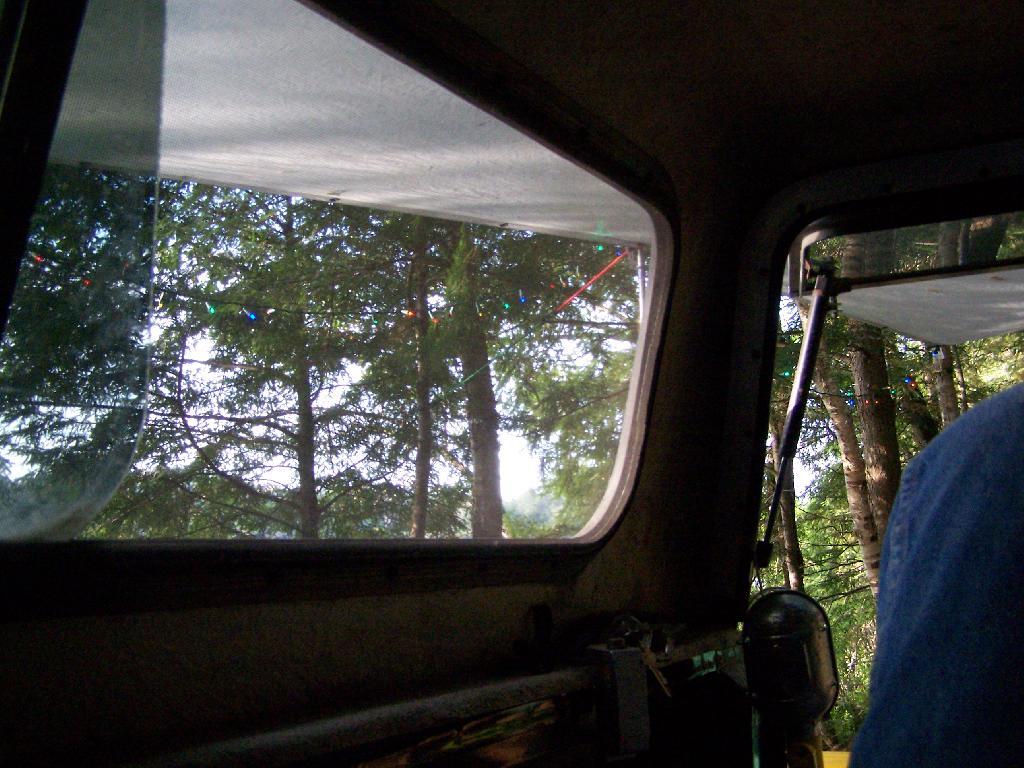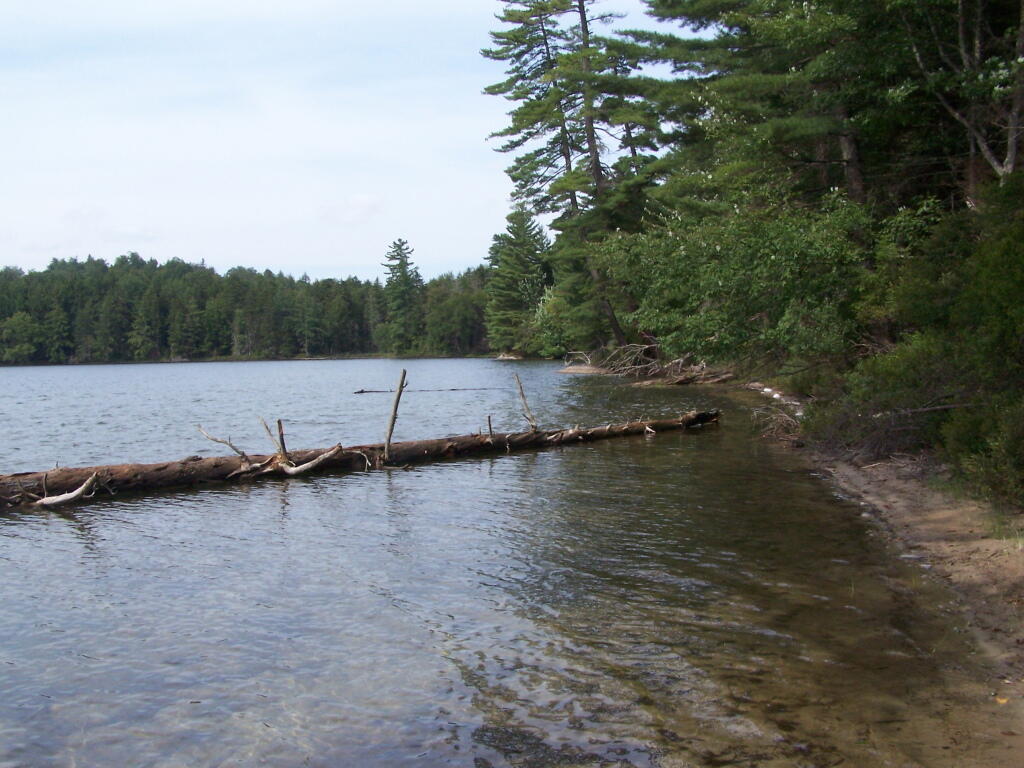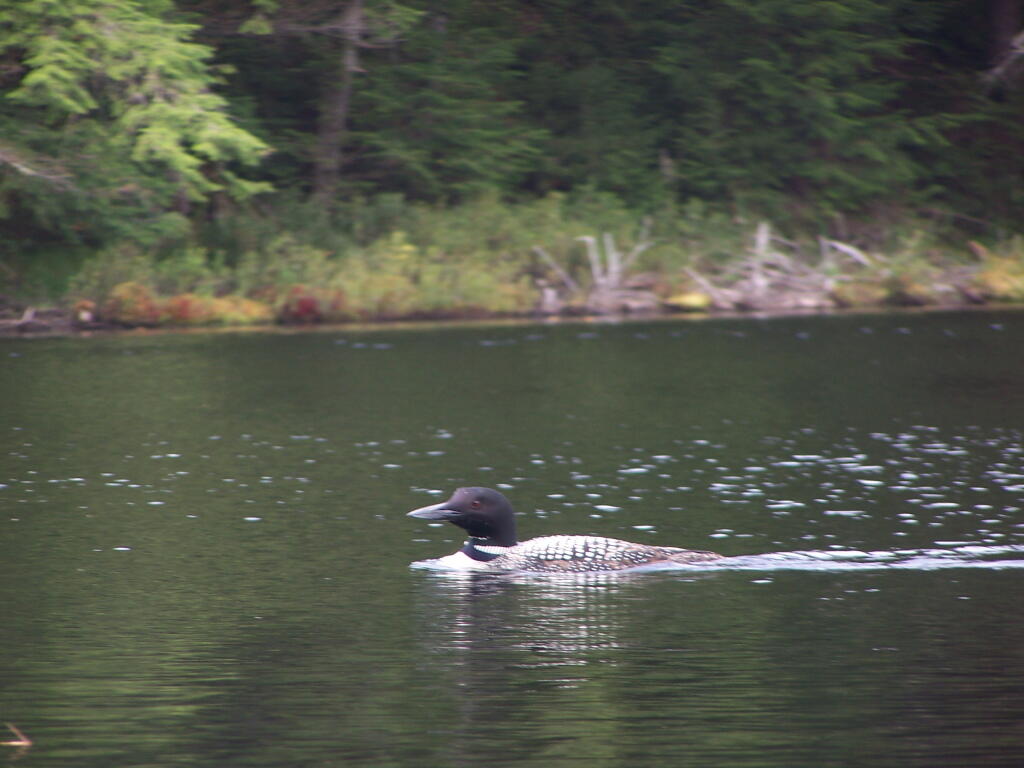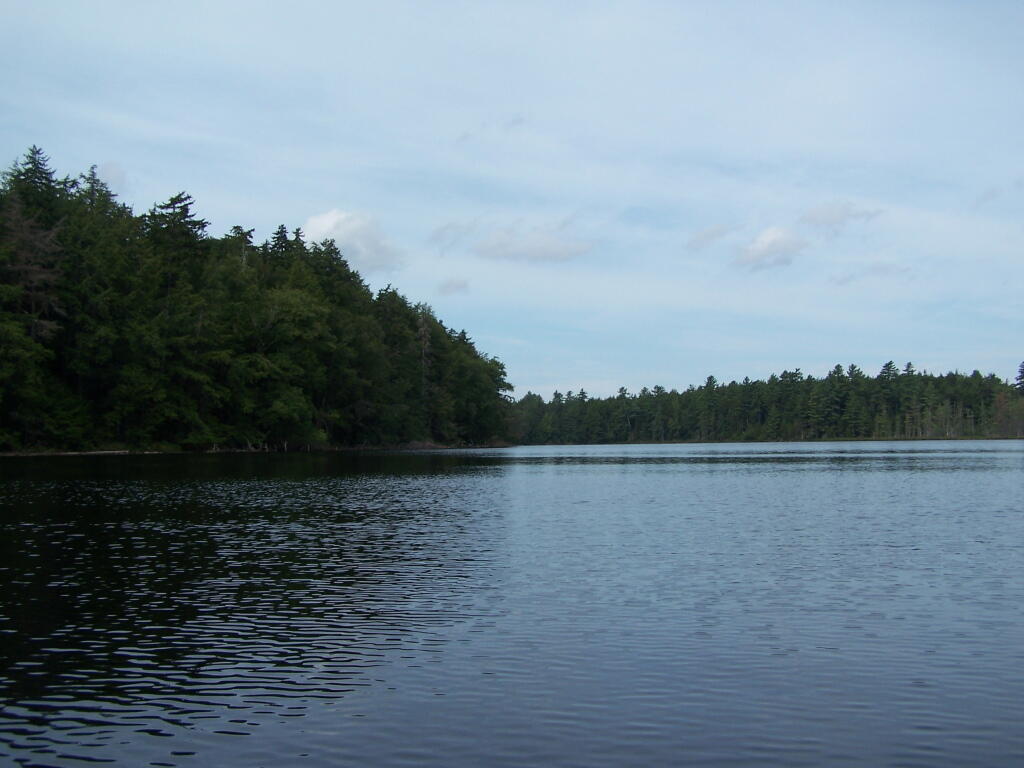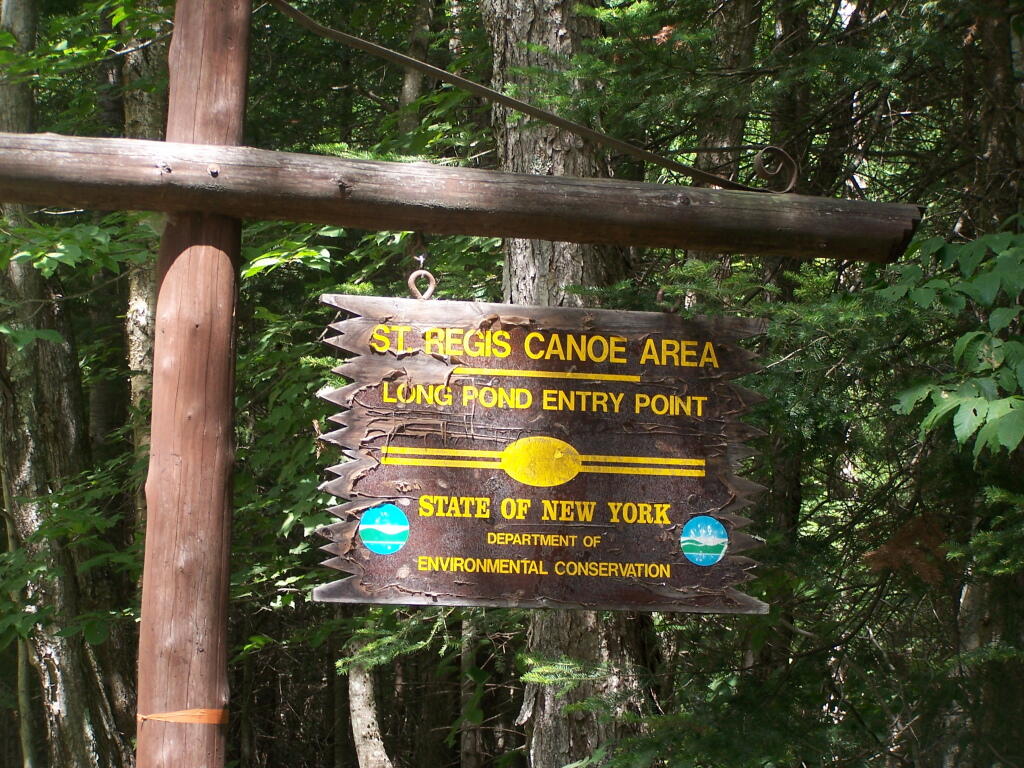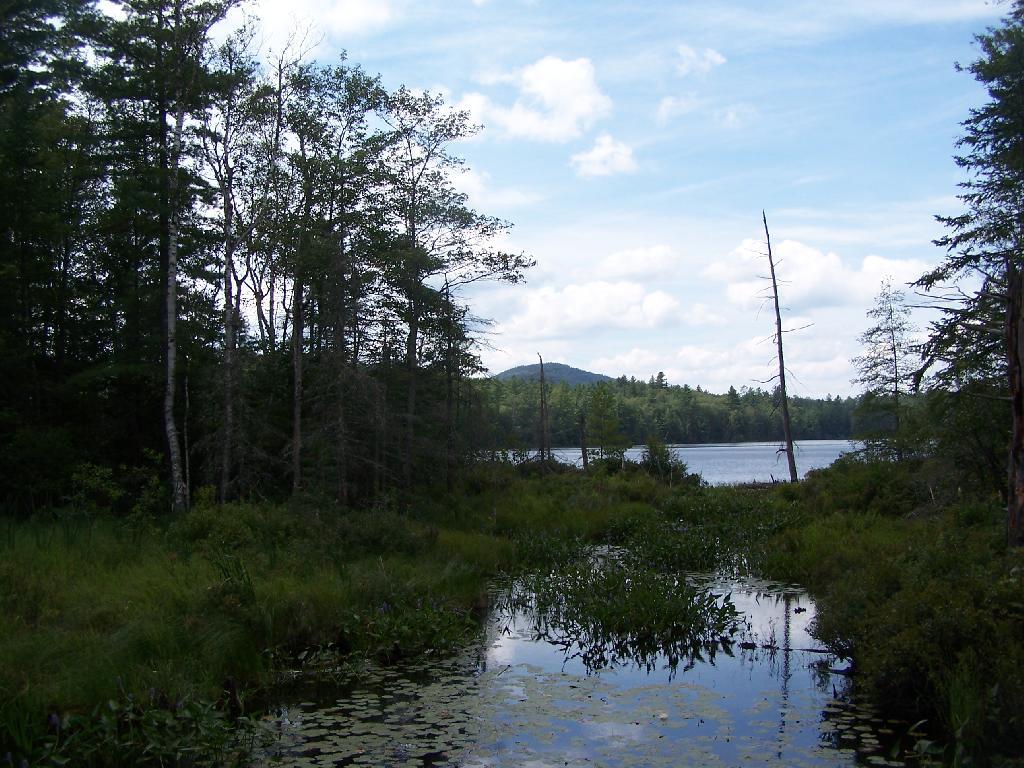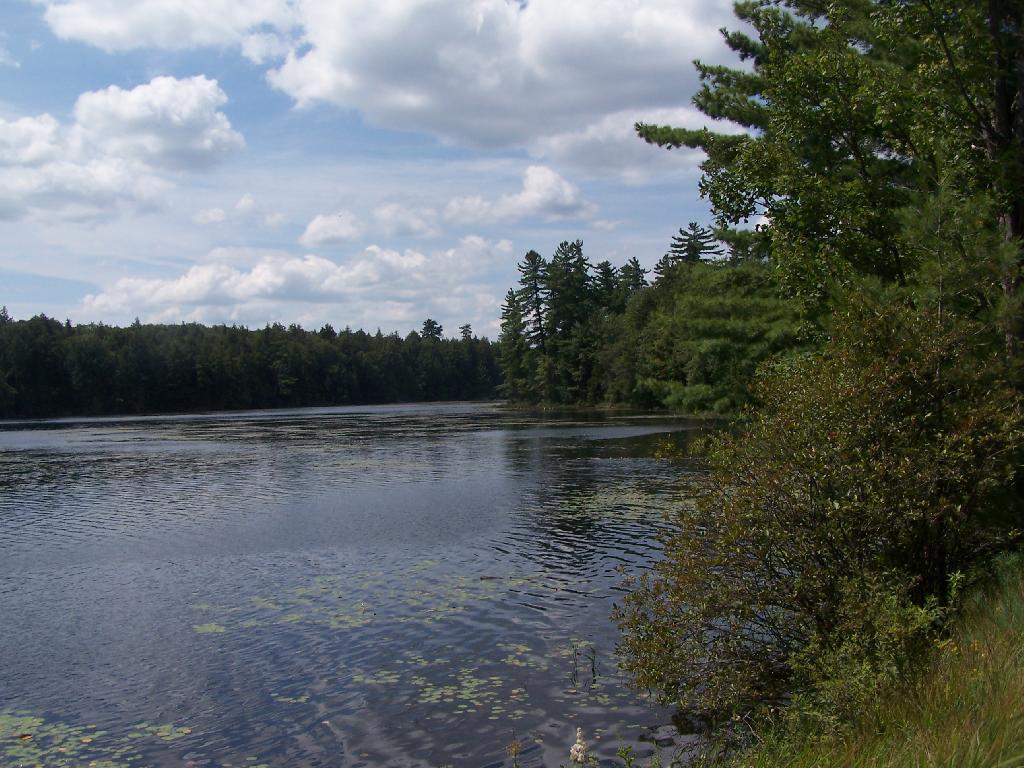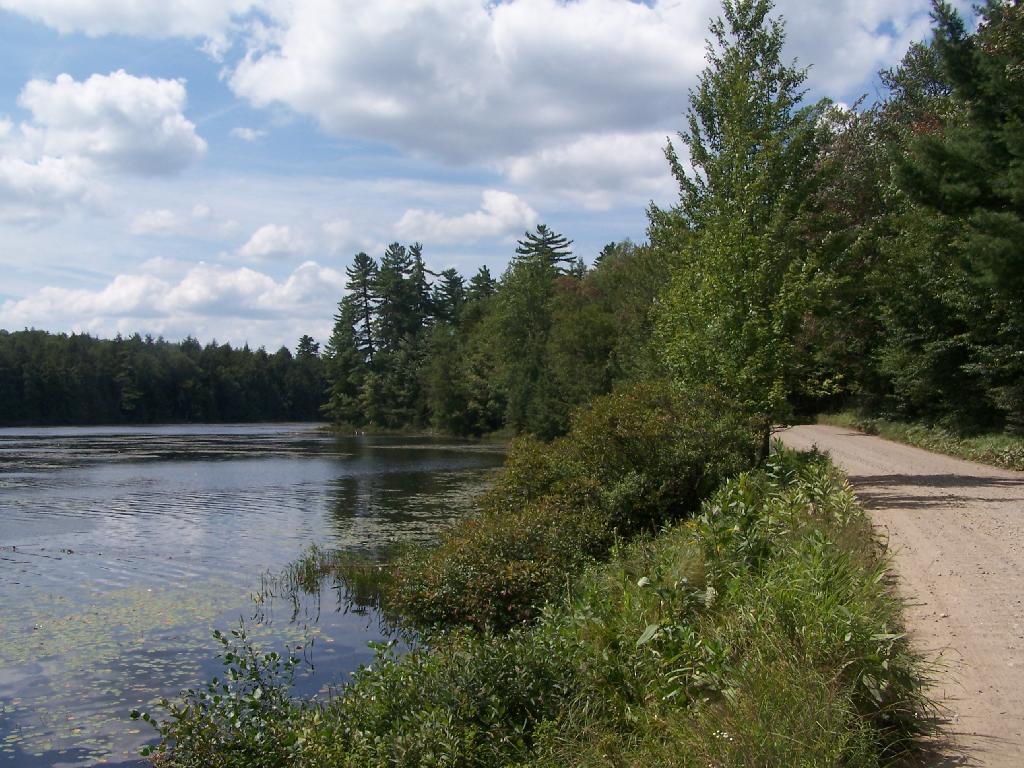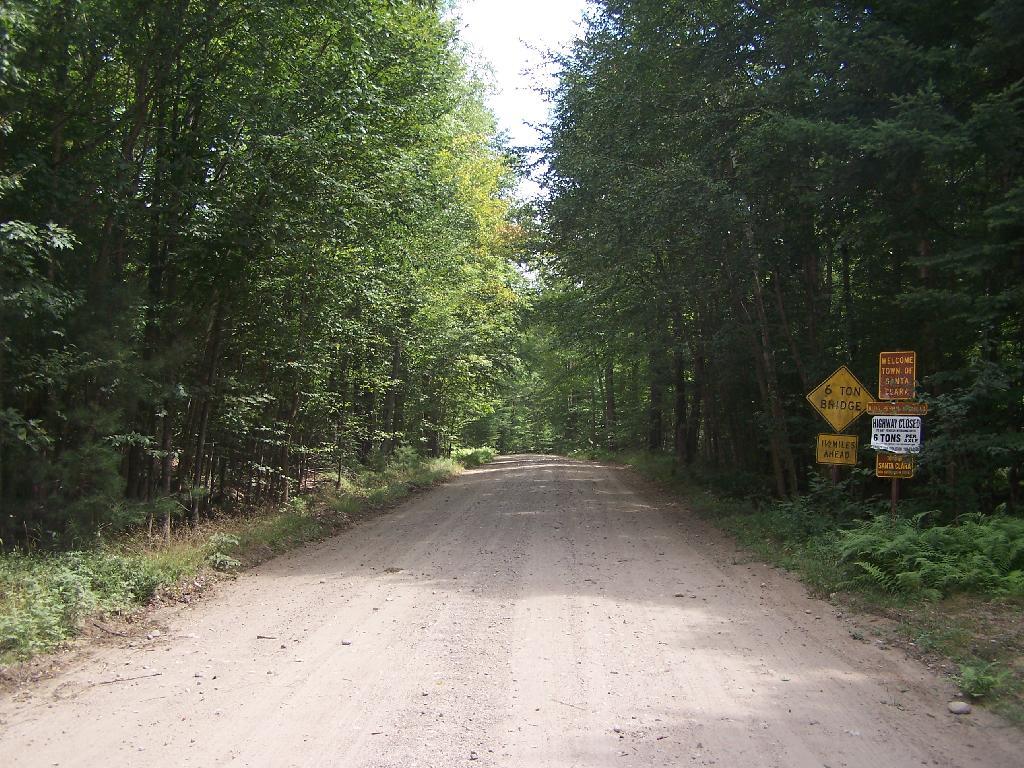In the Adirondack Park there are several parcels of timberland that are so-called Conservation Easements that are privately owned and logged, but allow public use. Many of these Conservation Easements were entered into about a decade ago under the George Pataki Governorship, as an effort to increase public access to Adirondack lands but still allow timber companies to log existing Adirondack timber areas.
Perkins Clearing Road, an easement road in Perkins Clearing, owned by International Paper/Lyme Adirondack Timberlands, LLC
Many conservation easements:
- Are actively logged by timber companies.
- Allow the public to hike on and explore.
- Have road-side campsites for people to camp.
- Allow hunting, fishing, paddling, and public enjoyment.
- Give timber companies lower taxes and better protection of their lands by regular ranger patrols.
- High quality roads maintained by a unique partnership between Timber Companies and the State.
Outside of the Adirondack Park, most State Forests are regularly harvested and actively managed for timber resources by the state. Inside the Adirondack and Catskill Parks, the state constitution specifically prohibits the taking and sale of timber on public lands. Therefore, if the state wants to keep using existing timber lands for continued timber harvest, the only way they can do it is keep the timber lands privately owned, but managed by state for a public purposes of conservation and recreation alike.
Looking at the Perkins Clearing Easement from Pillsbury Mountain.
One can argue that the forever wild provisions of the state consitution are outmoded, a byproduct of the degregation of our forest lands from the mispratices of the industrial revolution. Many of the early timber harvests tragically did not consider the impact of errosion or inappropiate clear cuts in sensitive areas. Some areas should have been off limits, but at the time our state nor did industry follow good practices. We are now stuck with the state constitution we have.
A selectively logged parcel, made into several meadows that will eventually revert back to hardwood forest and become a future timber crop.
It is good to see our state is protecting important pieces of timber land, yet also allowing economic development associated with responsible timber practices and recreational use of these parcels. Yet, it does seem like an end run of constitution’s forever wild doctrine, to have essentially public lands (although on paper privately owned), and allow timbering on them by private companies.
Designated Road Campsite inside of the Perkins Clearing.
It is unlikely our consitution will be amended for true public ownership of working timber parcels in Adirondacks. The high level of protection for true public lands in the Adirondack Park will continue, and while Conservation Easements might allow an end run around the consitution, they do benefit all parties — those who want the jobs and profit from logging and those who want more public lands for recreation.
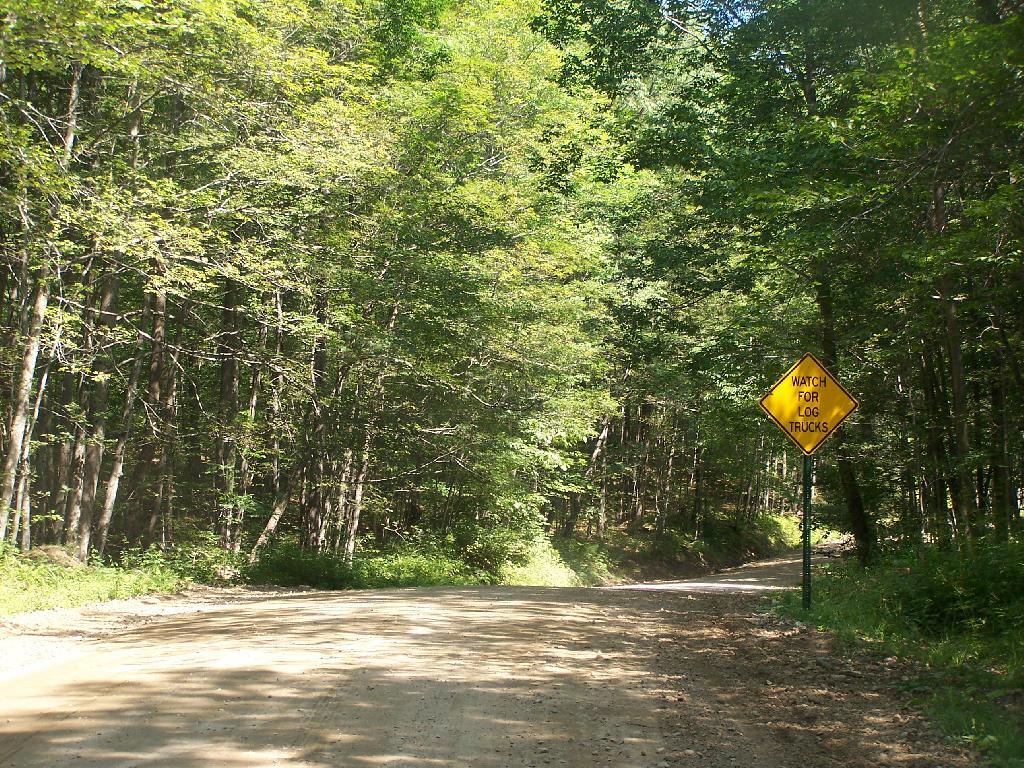
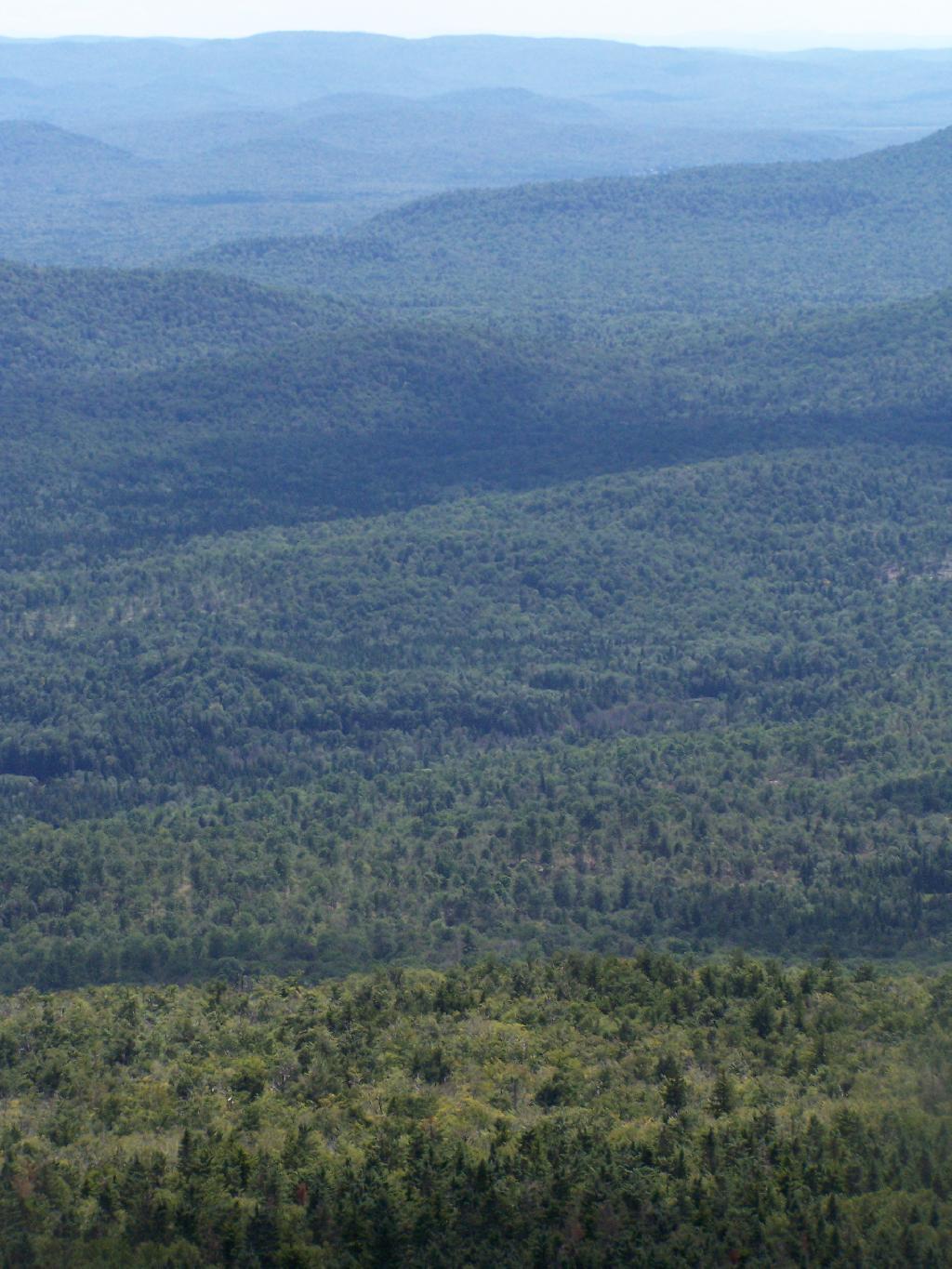
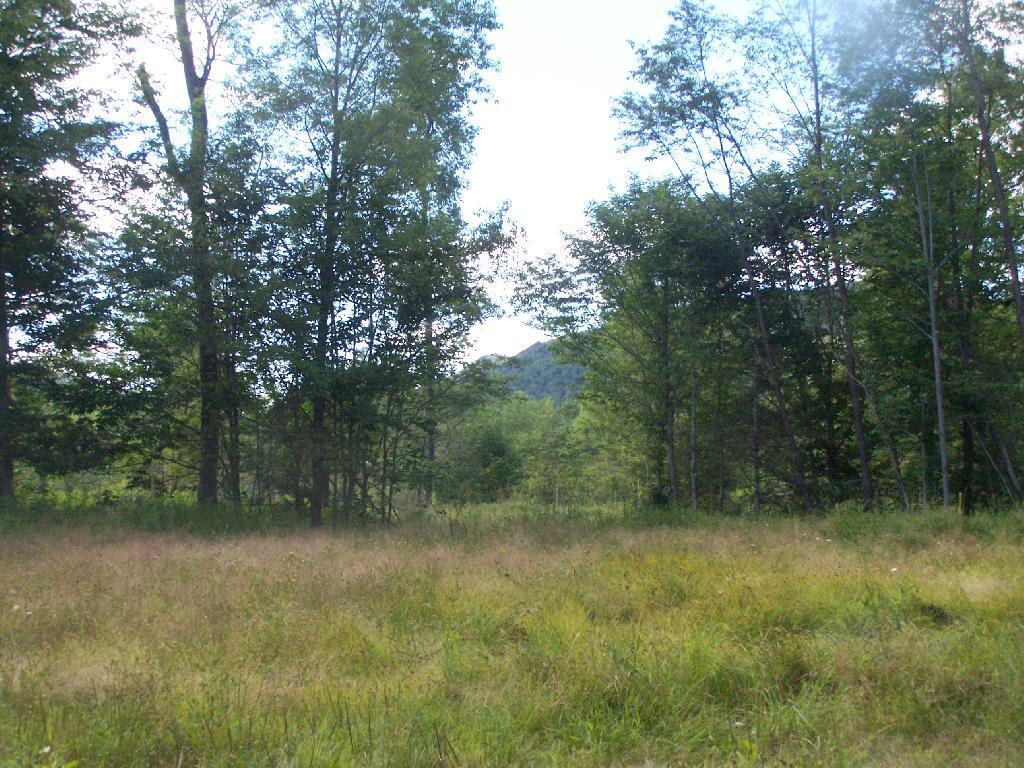
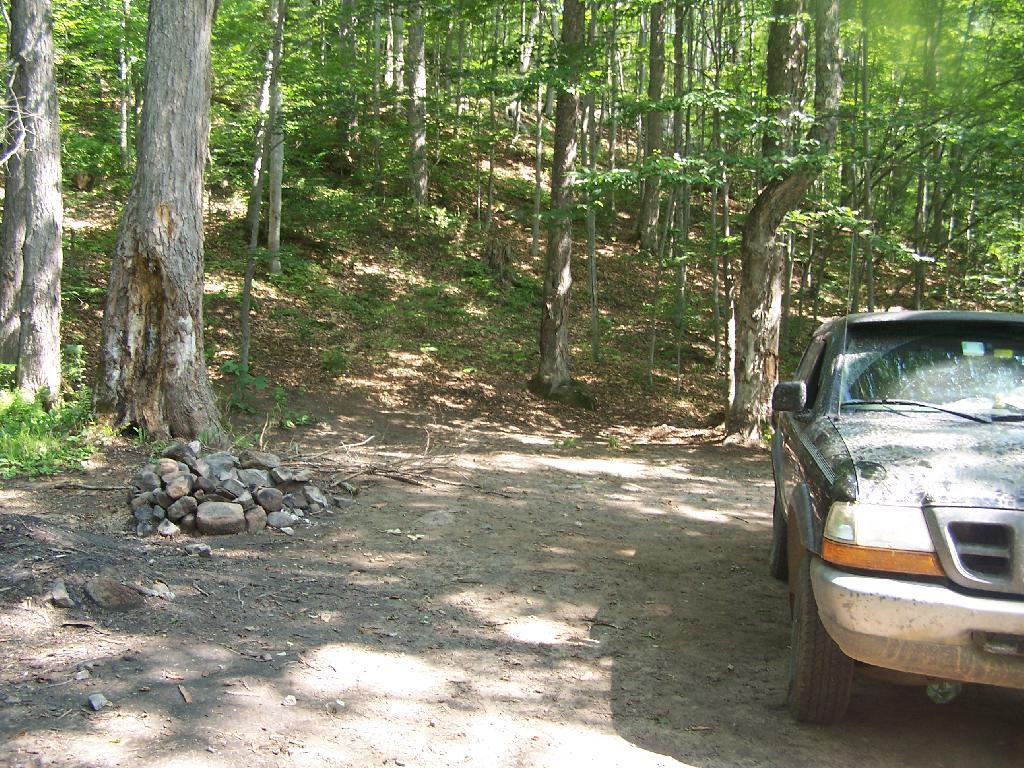
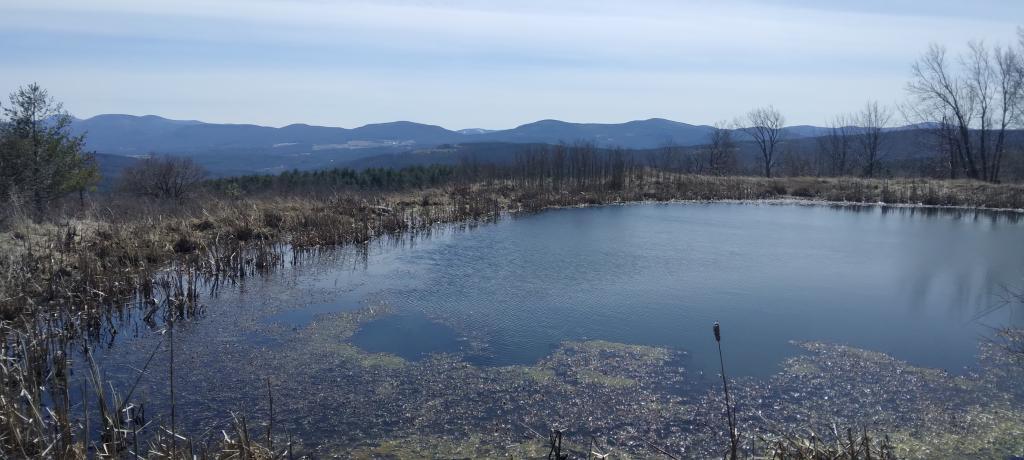


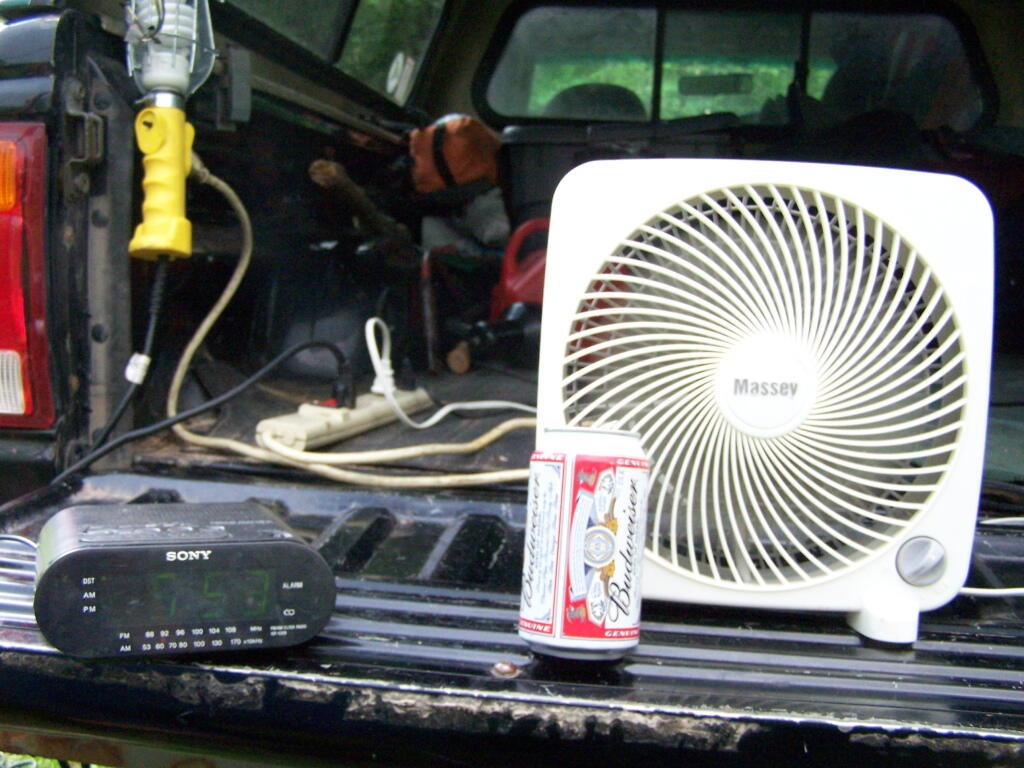
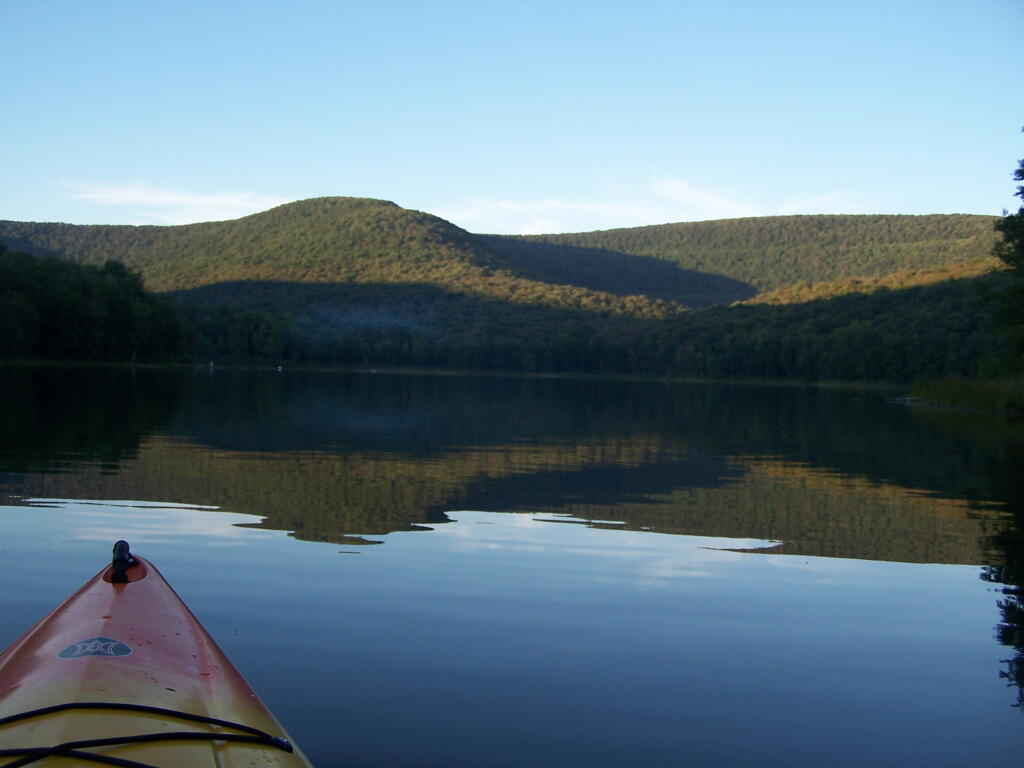
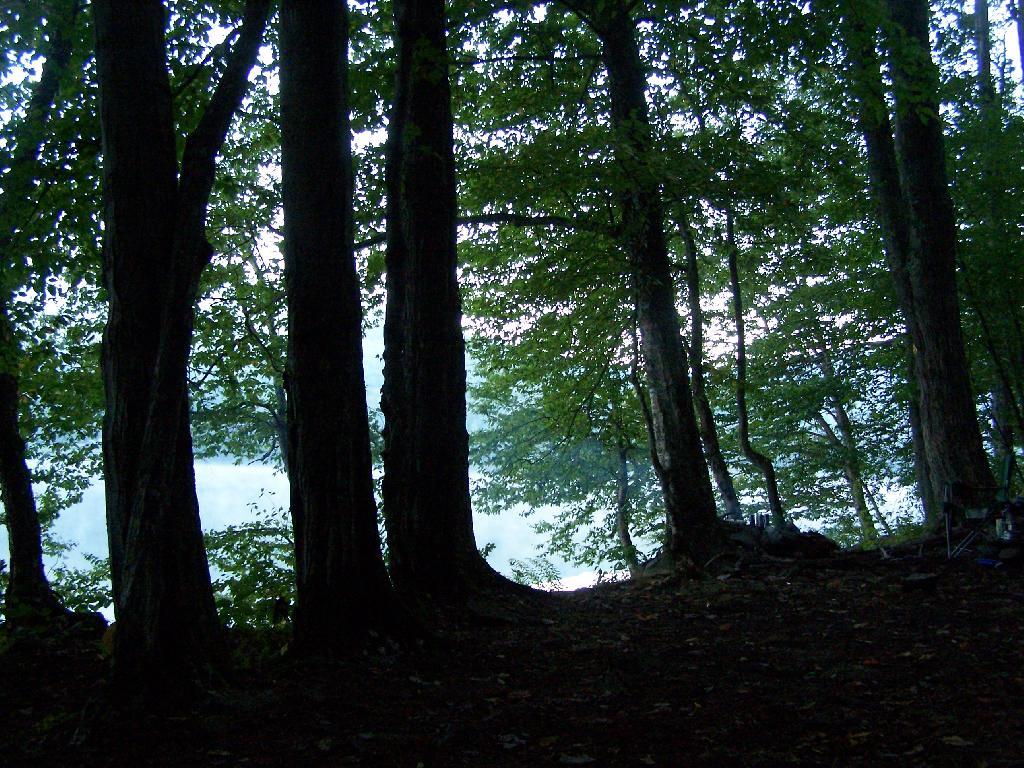
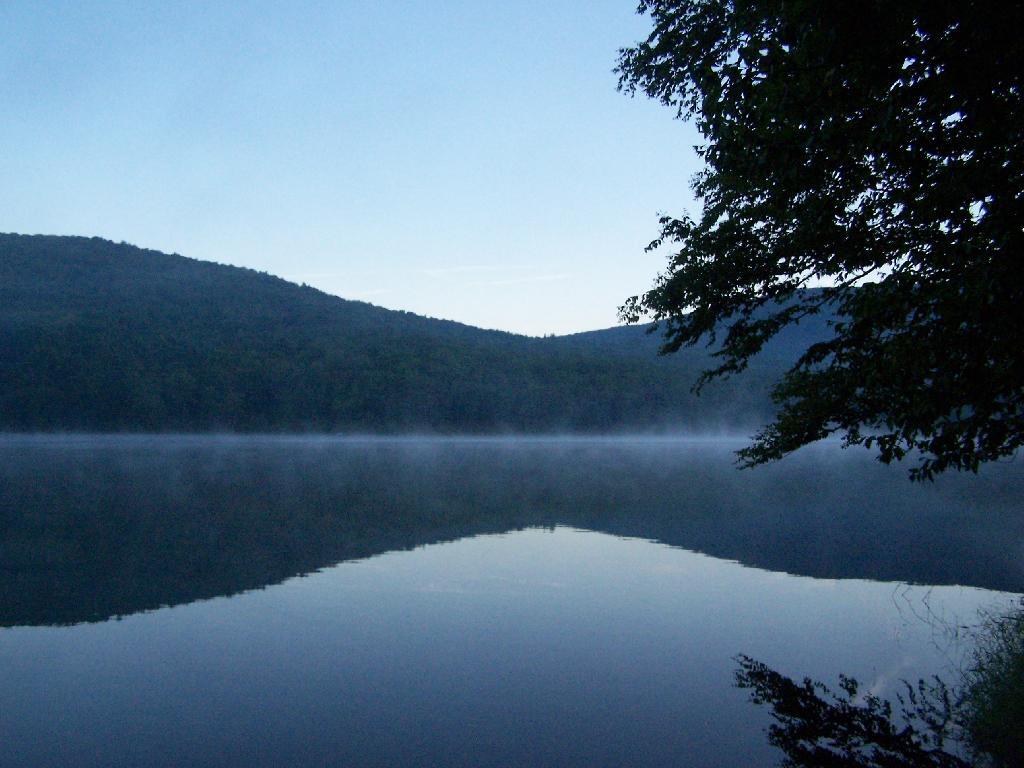

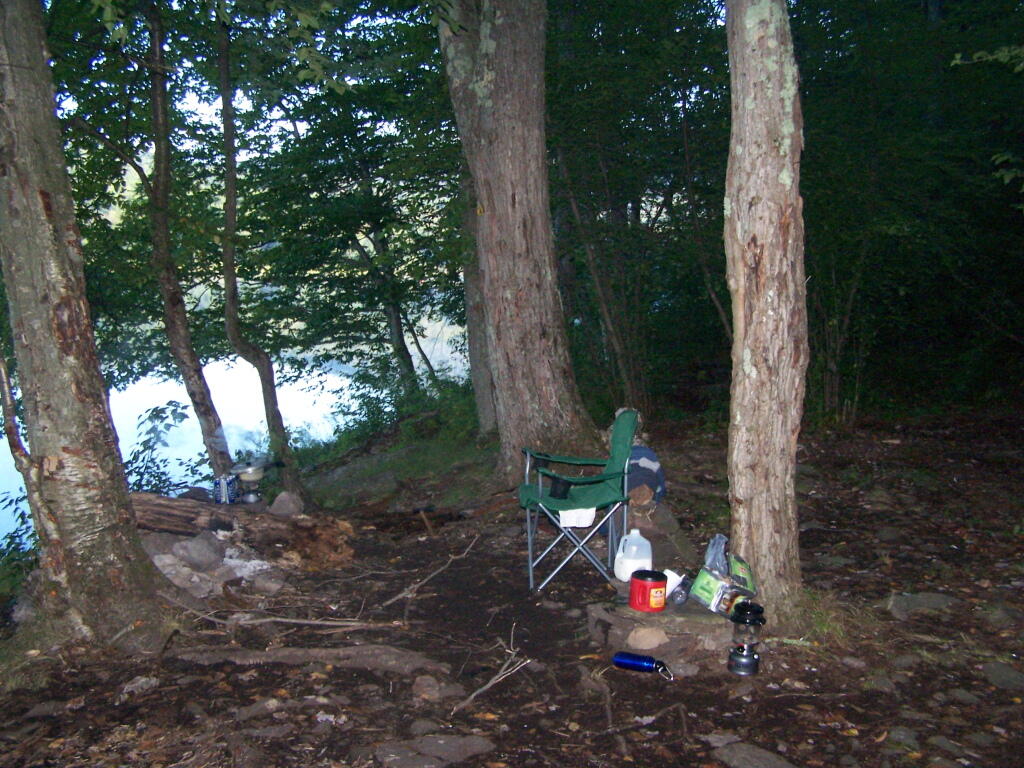
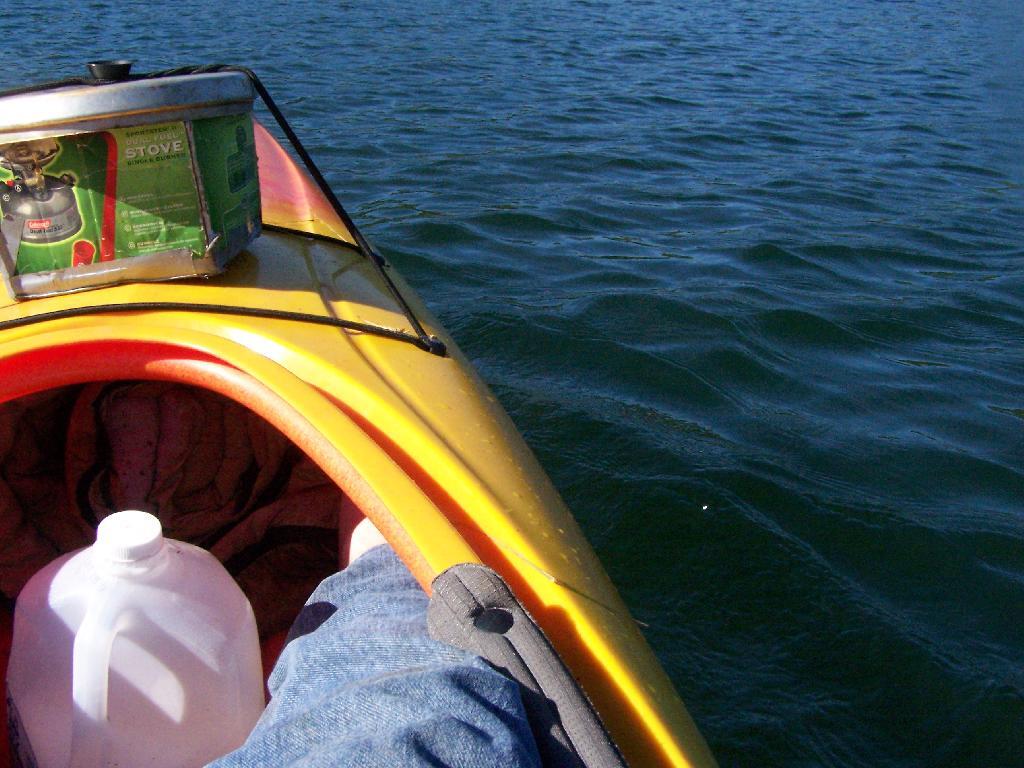

![Untitled [Expires October 11 2024]](https://andyarthur.org//data/photo_005512_large.jpg)
